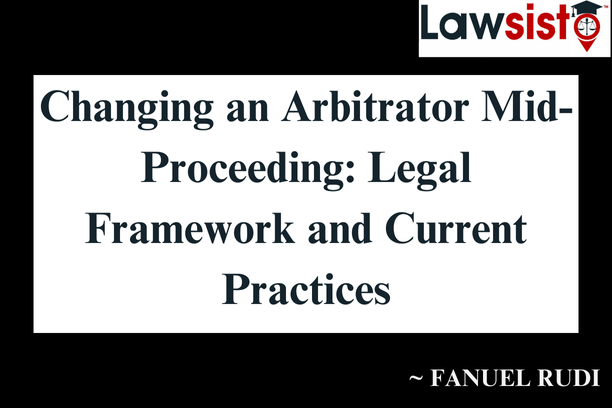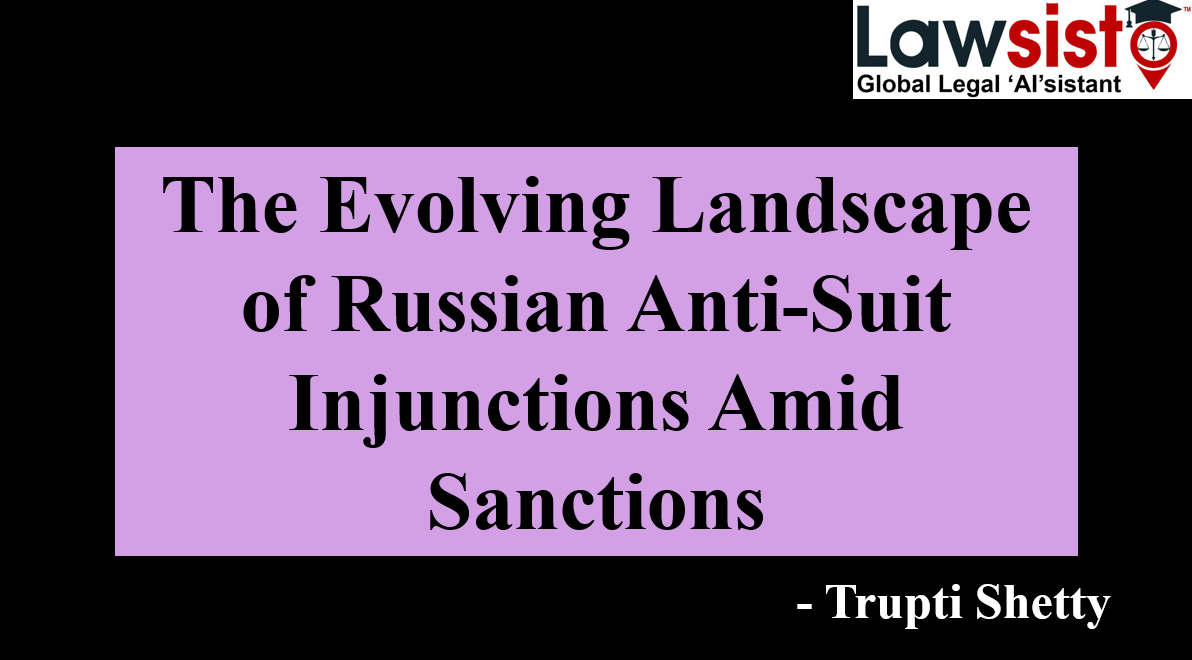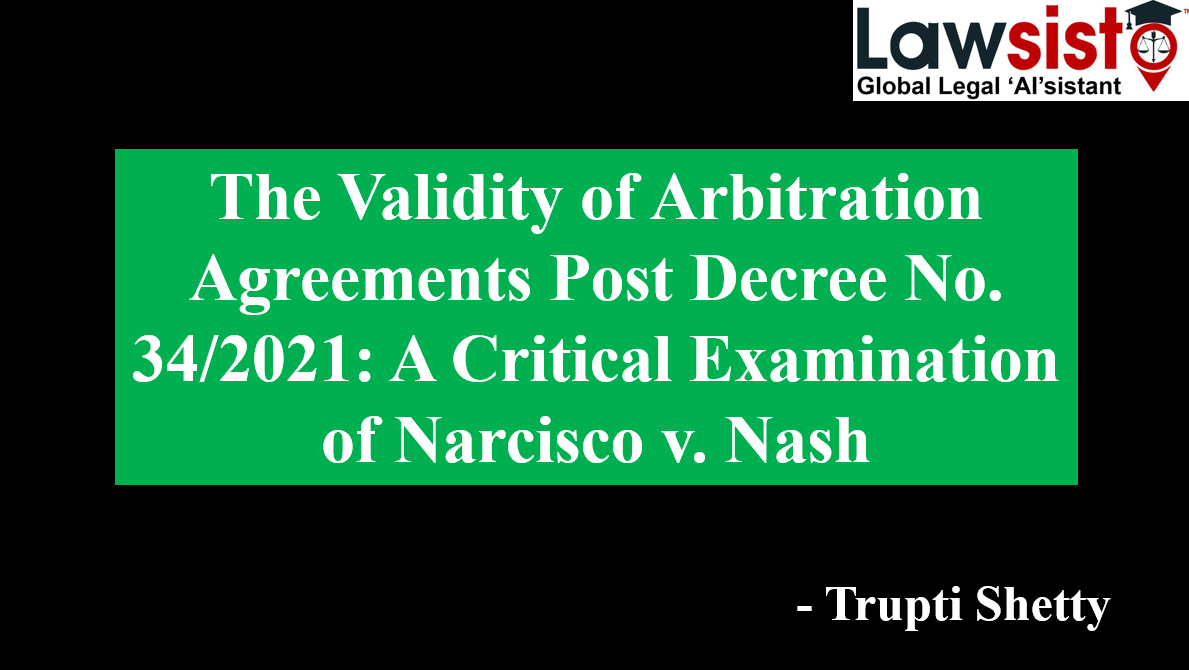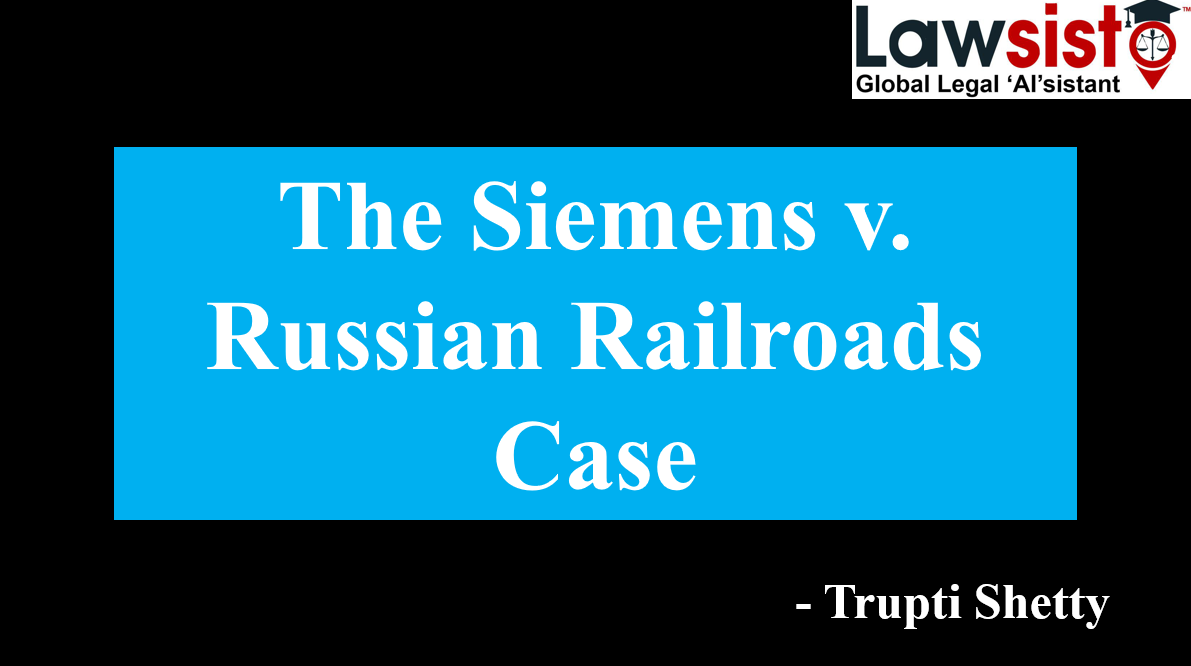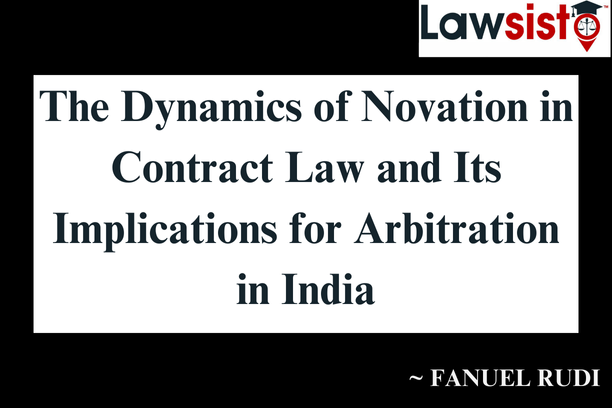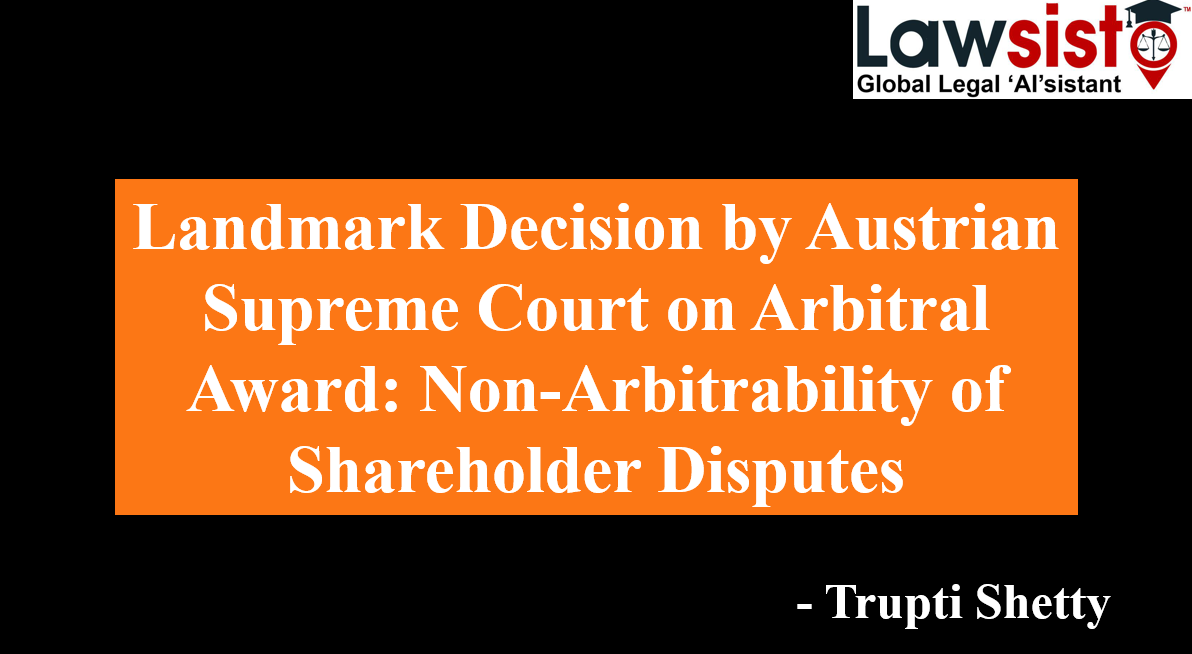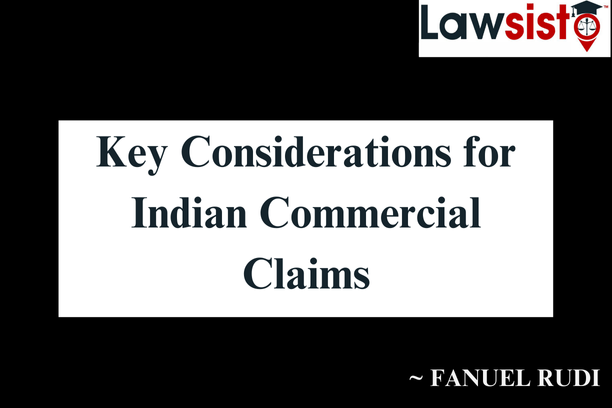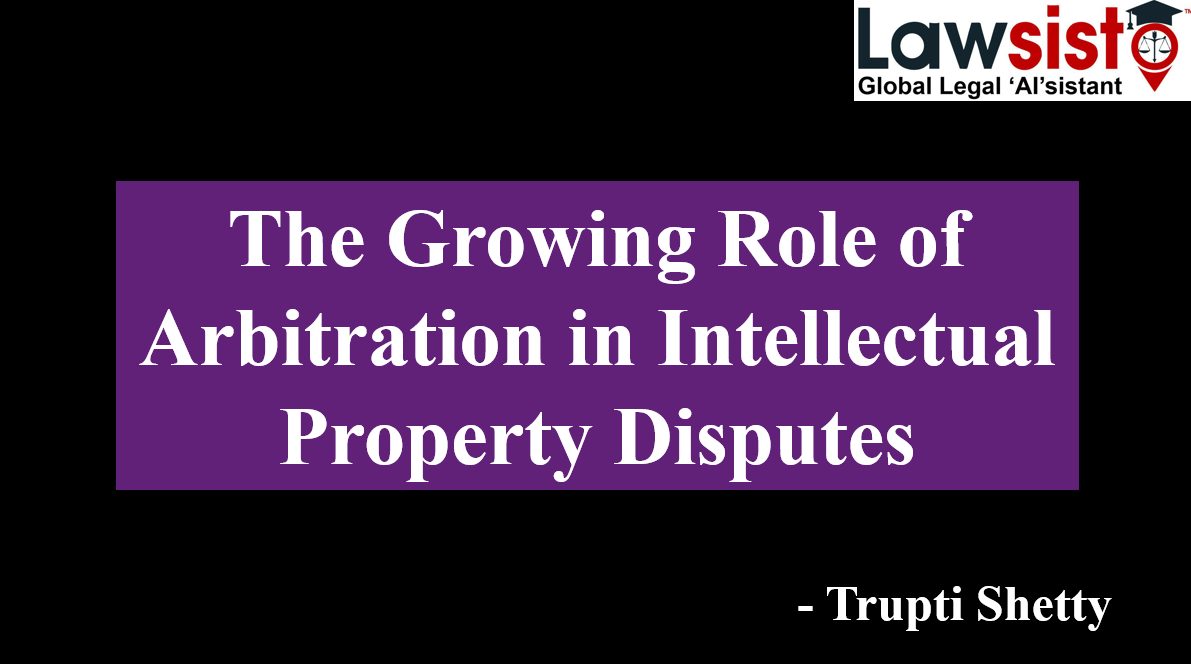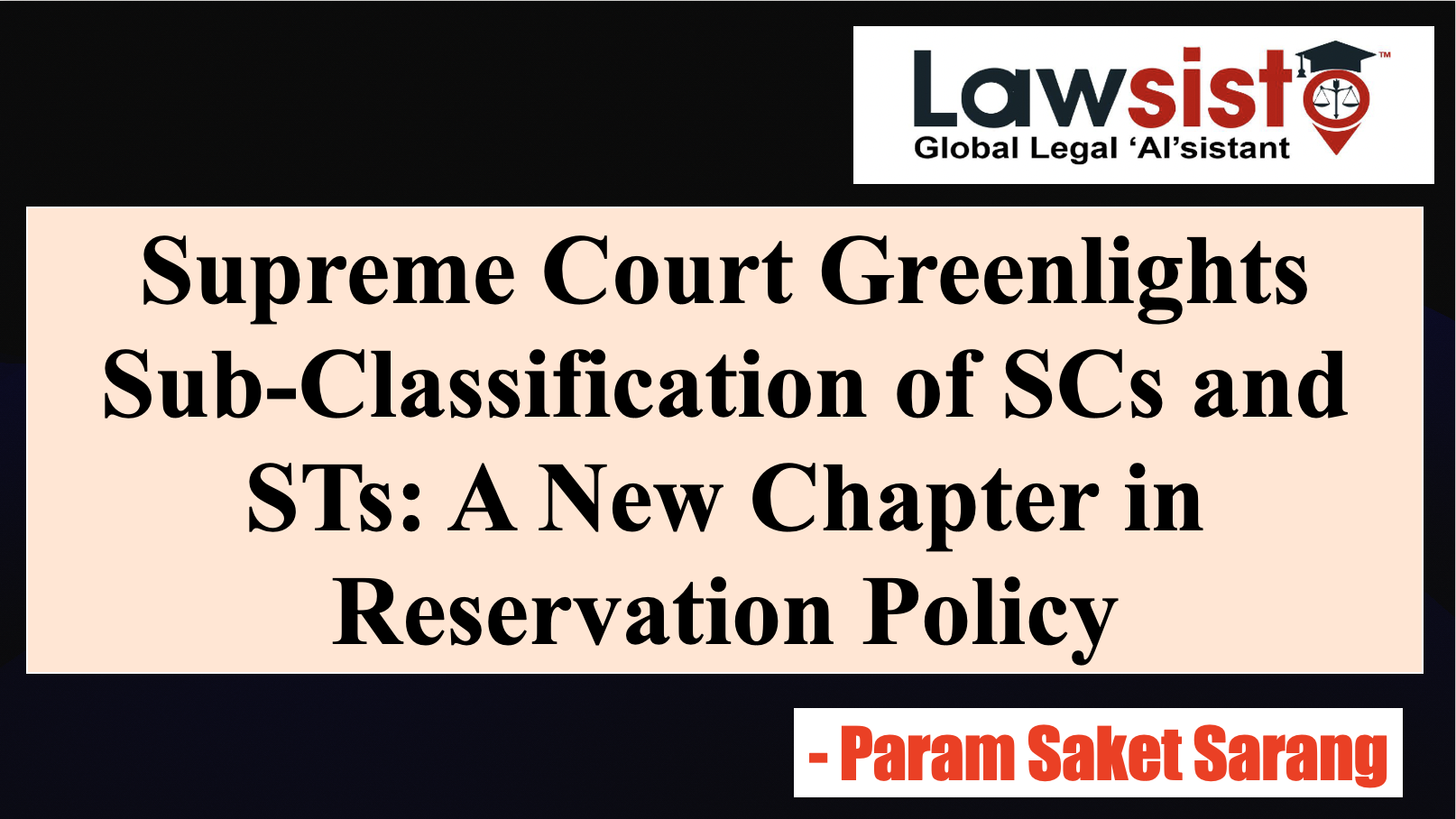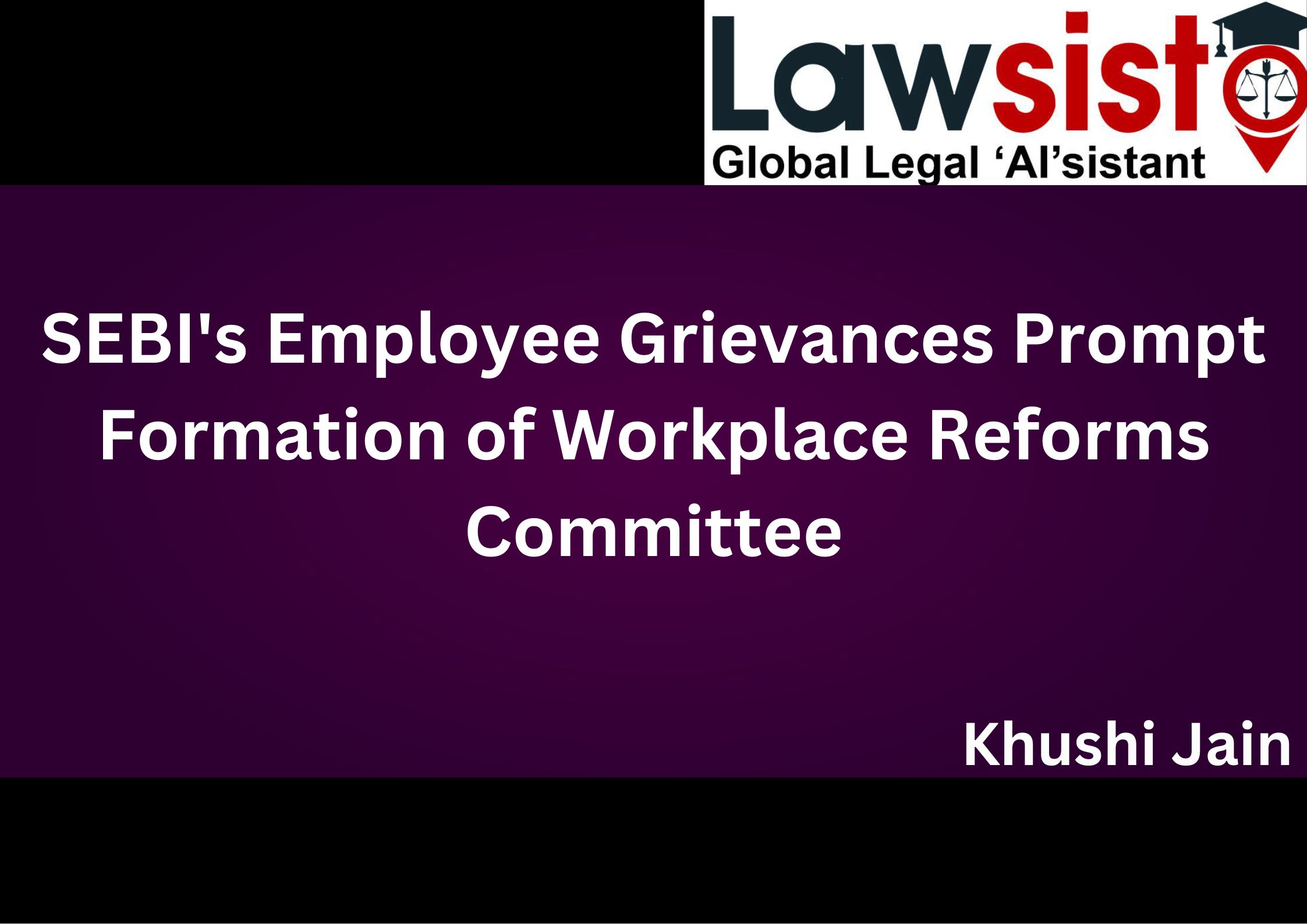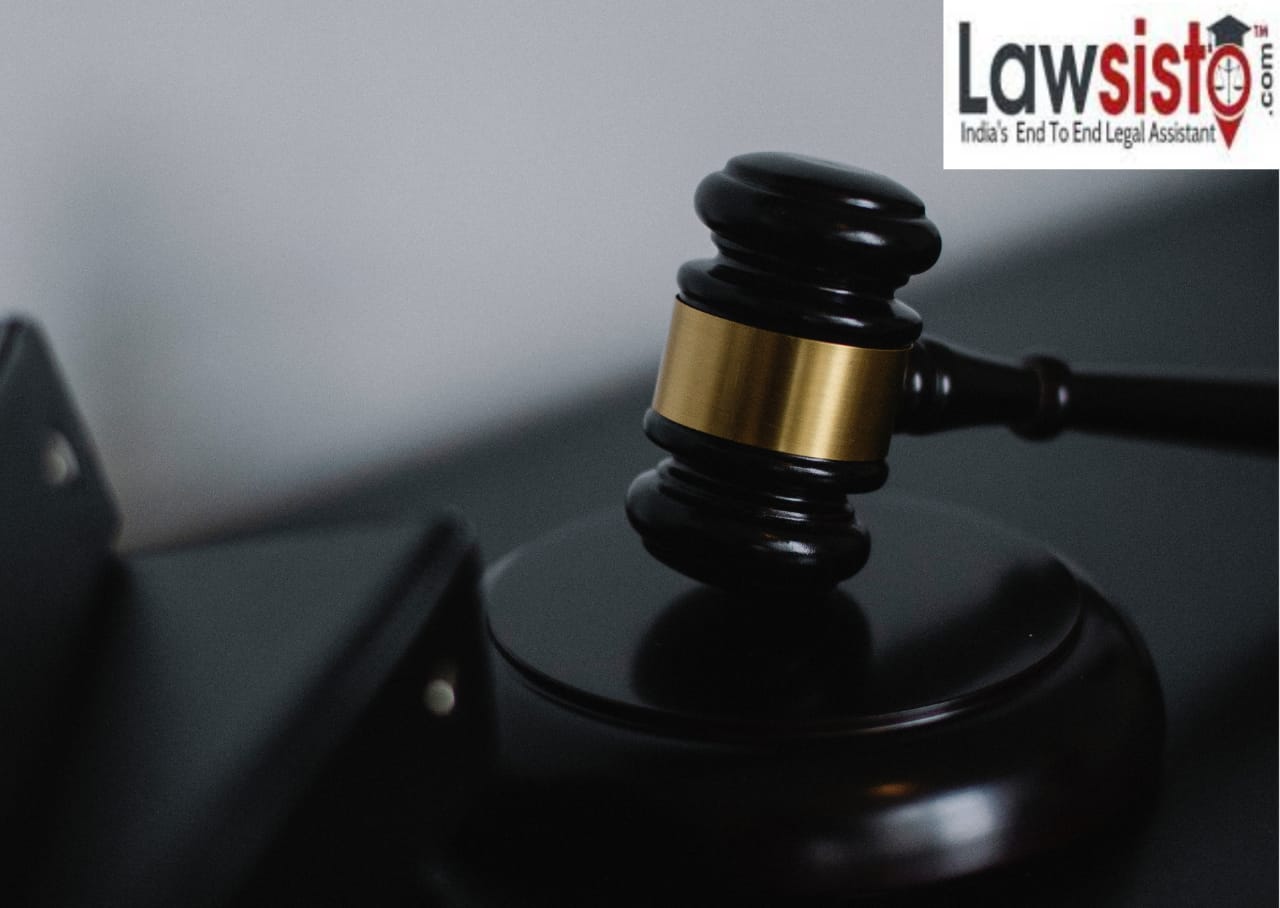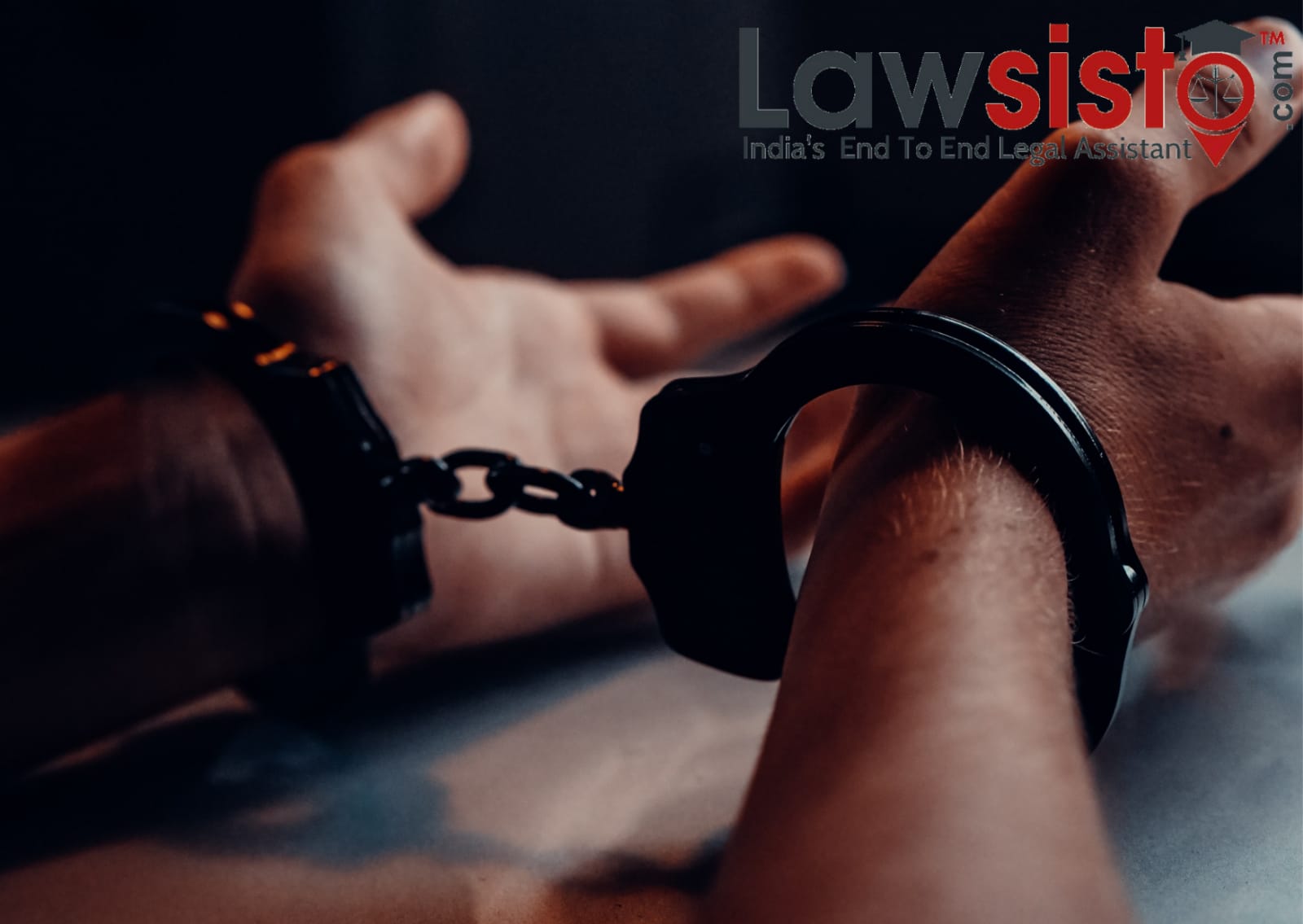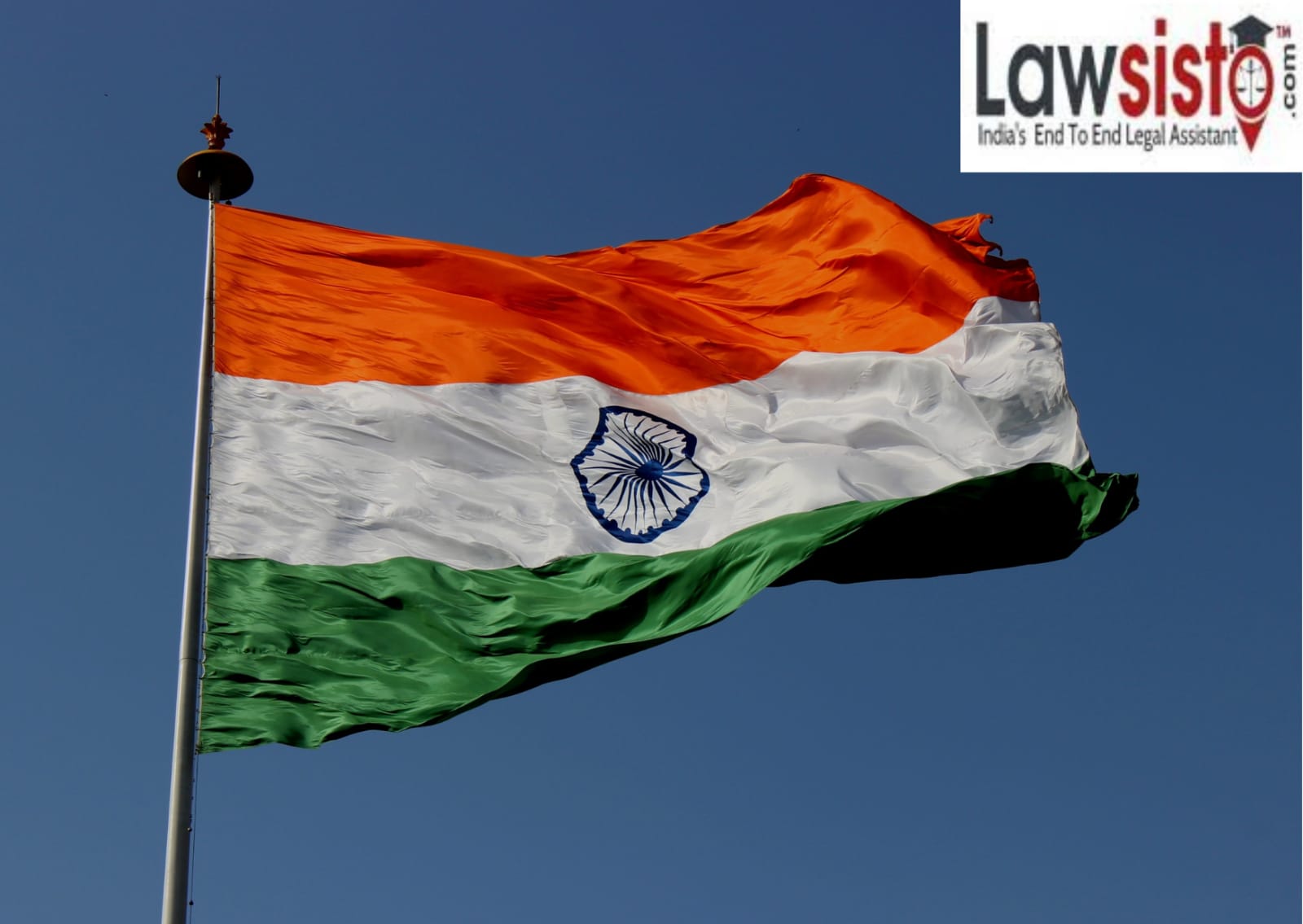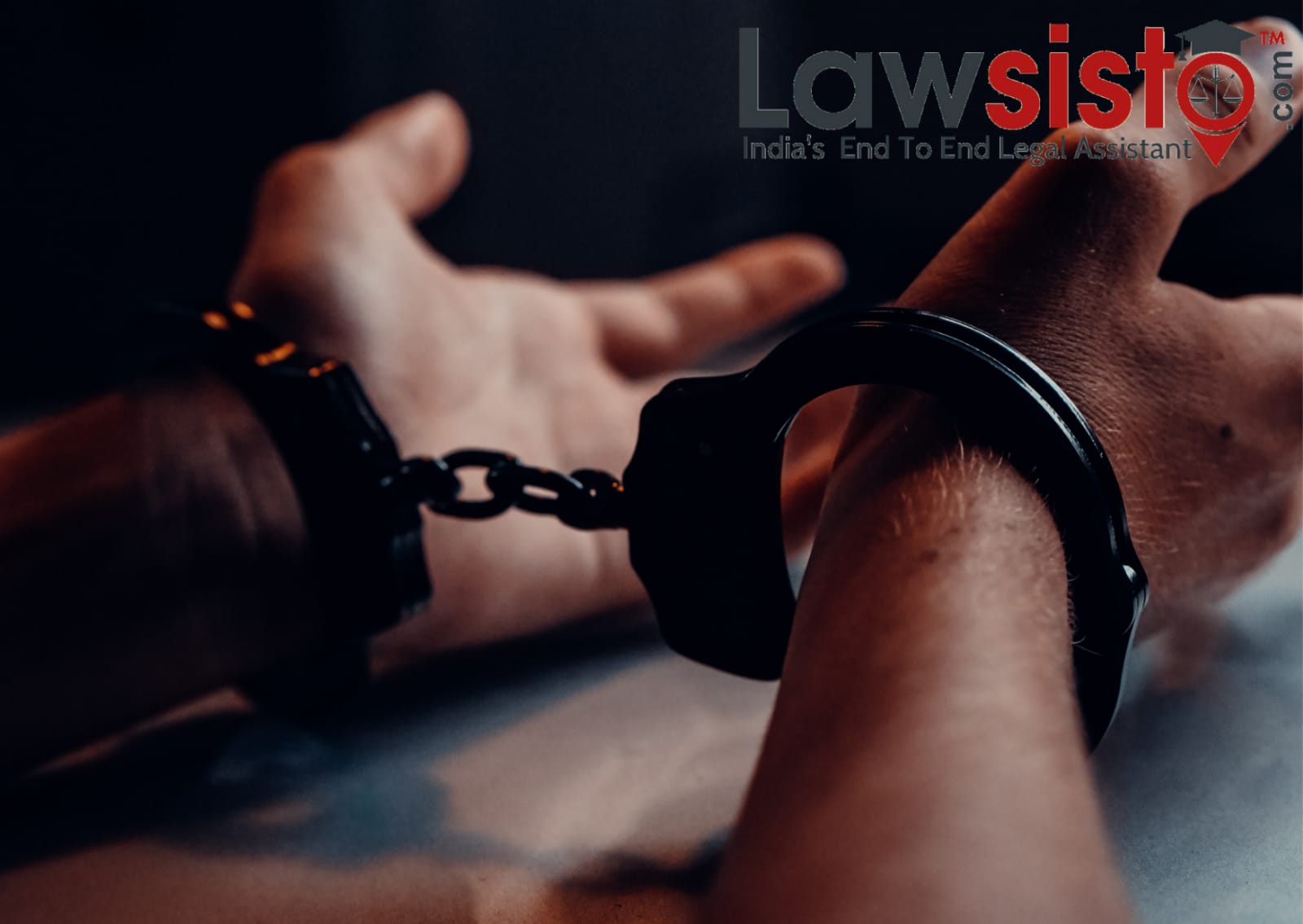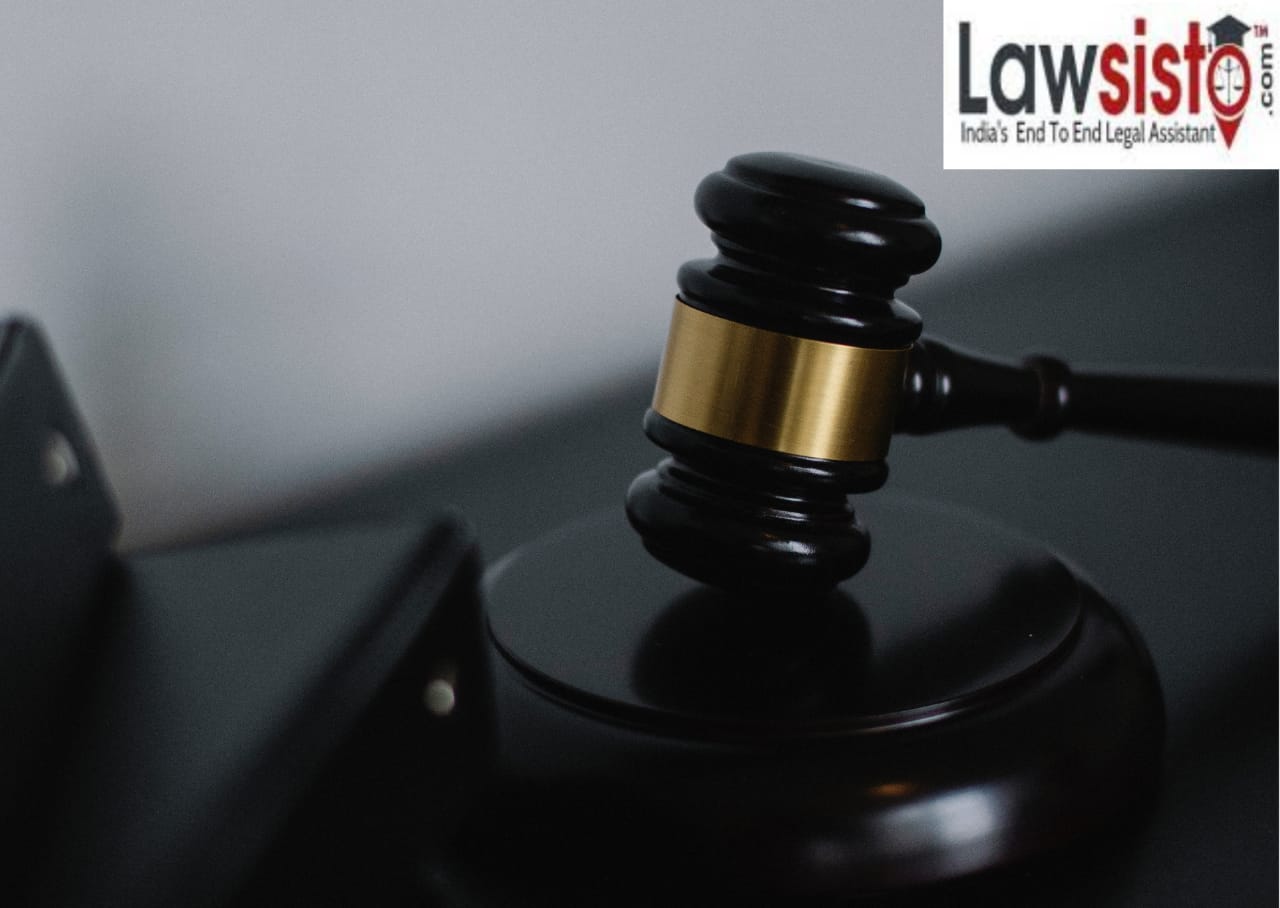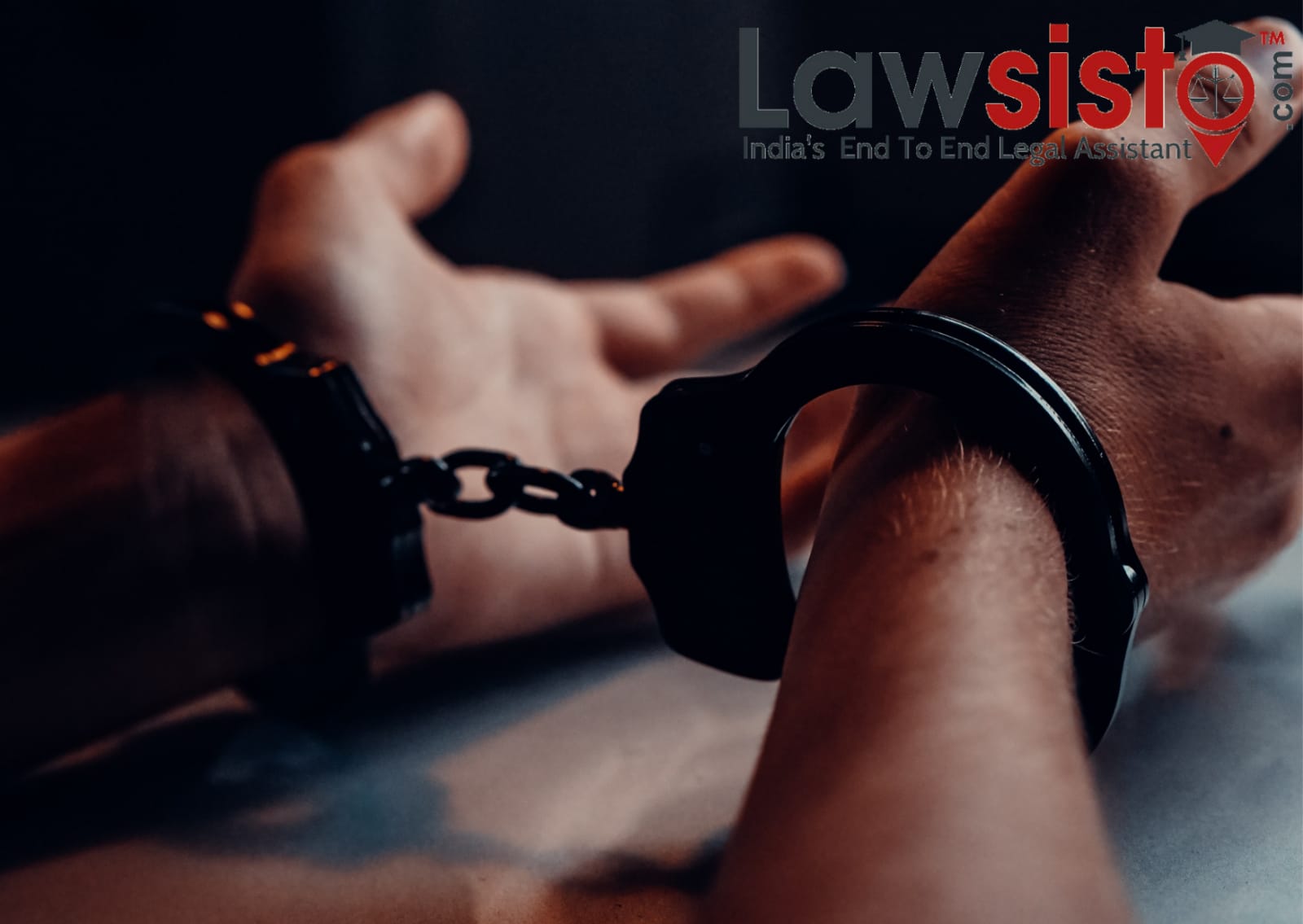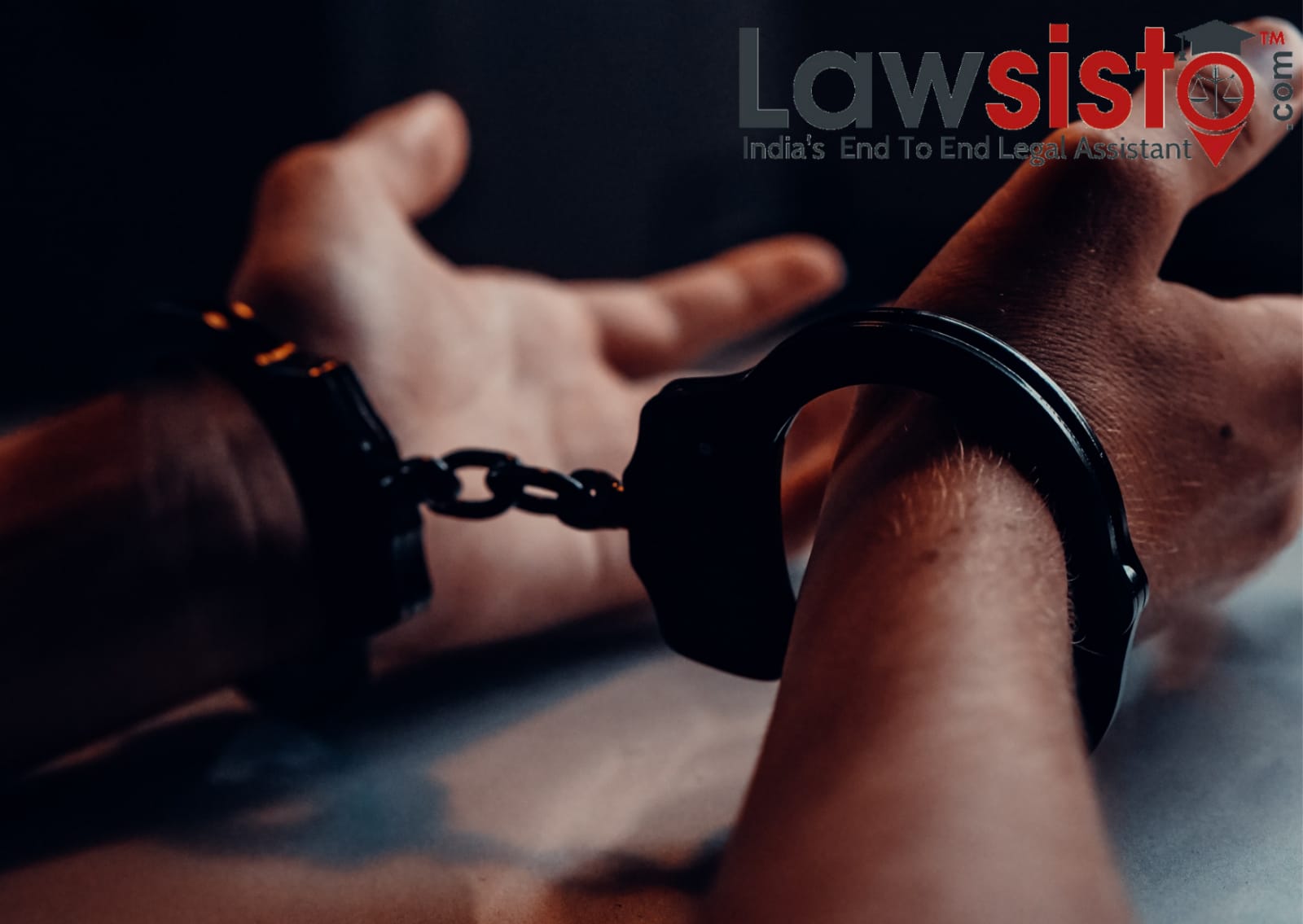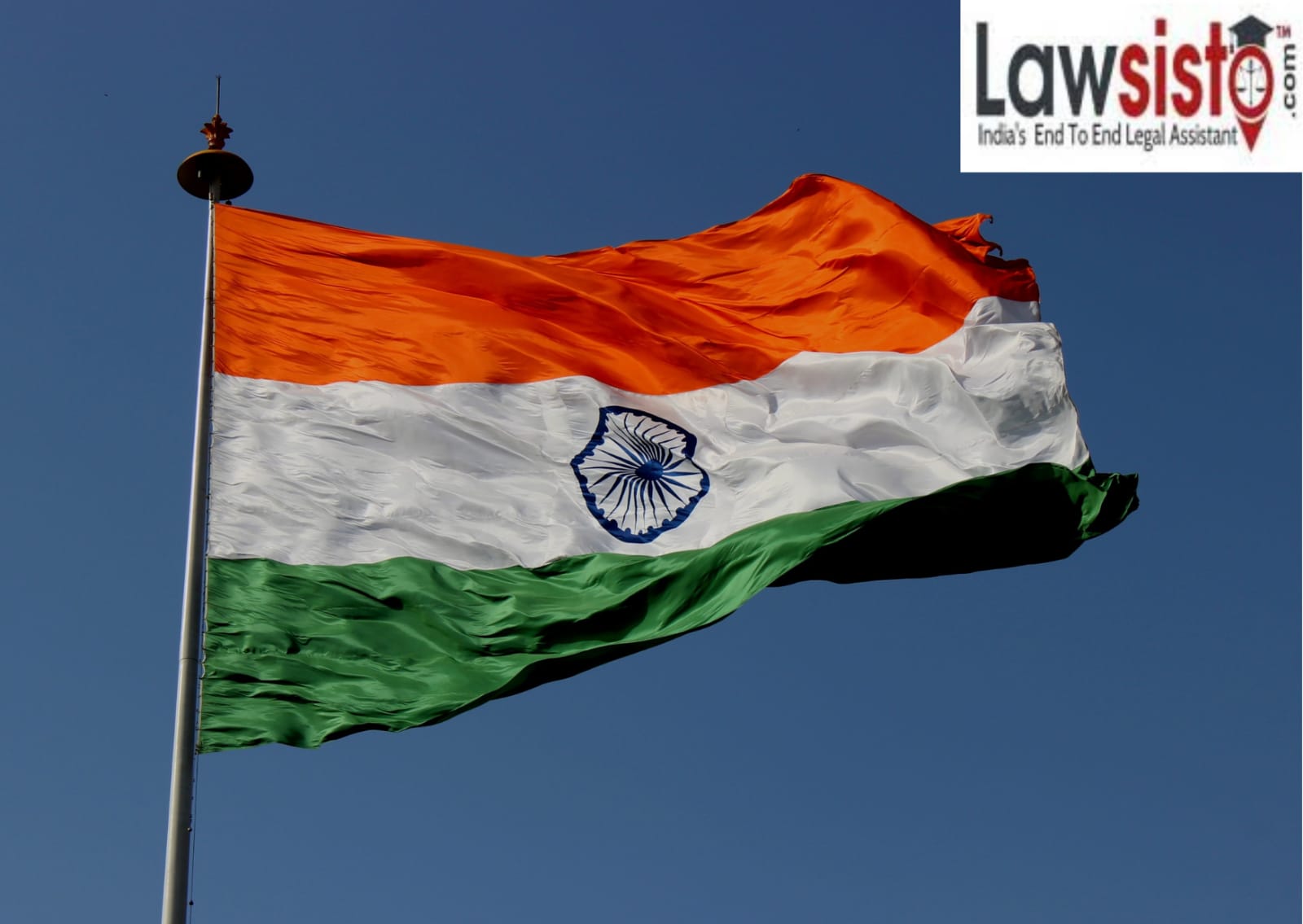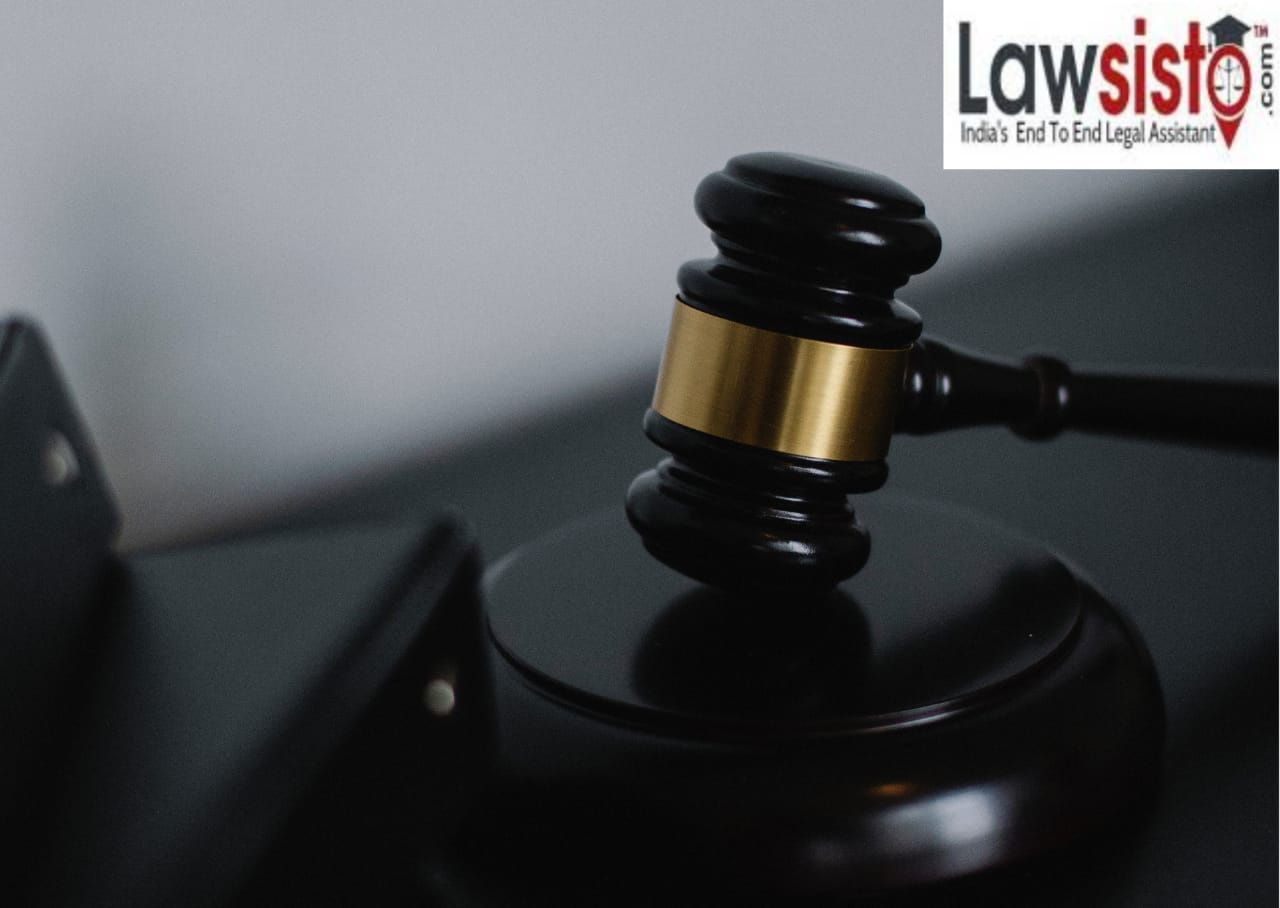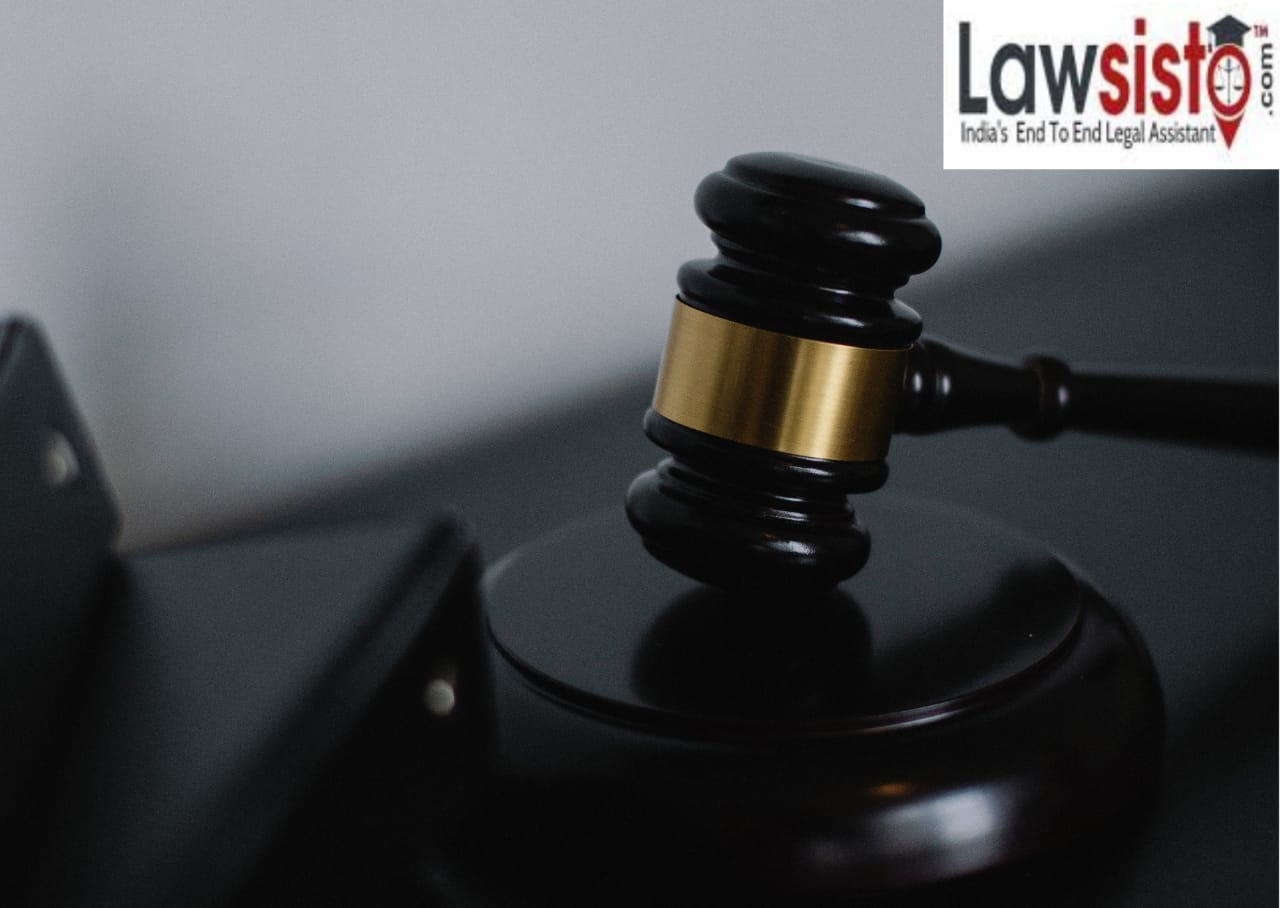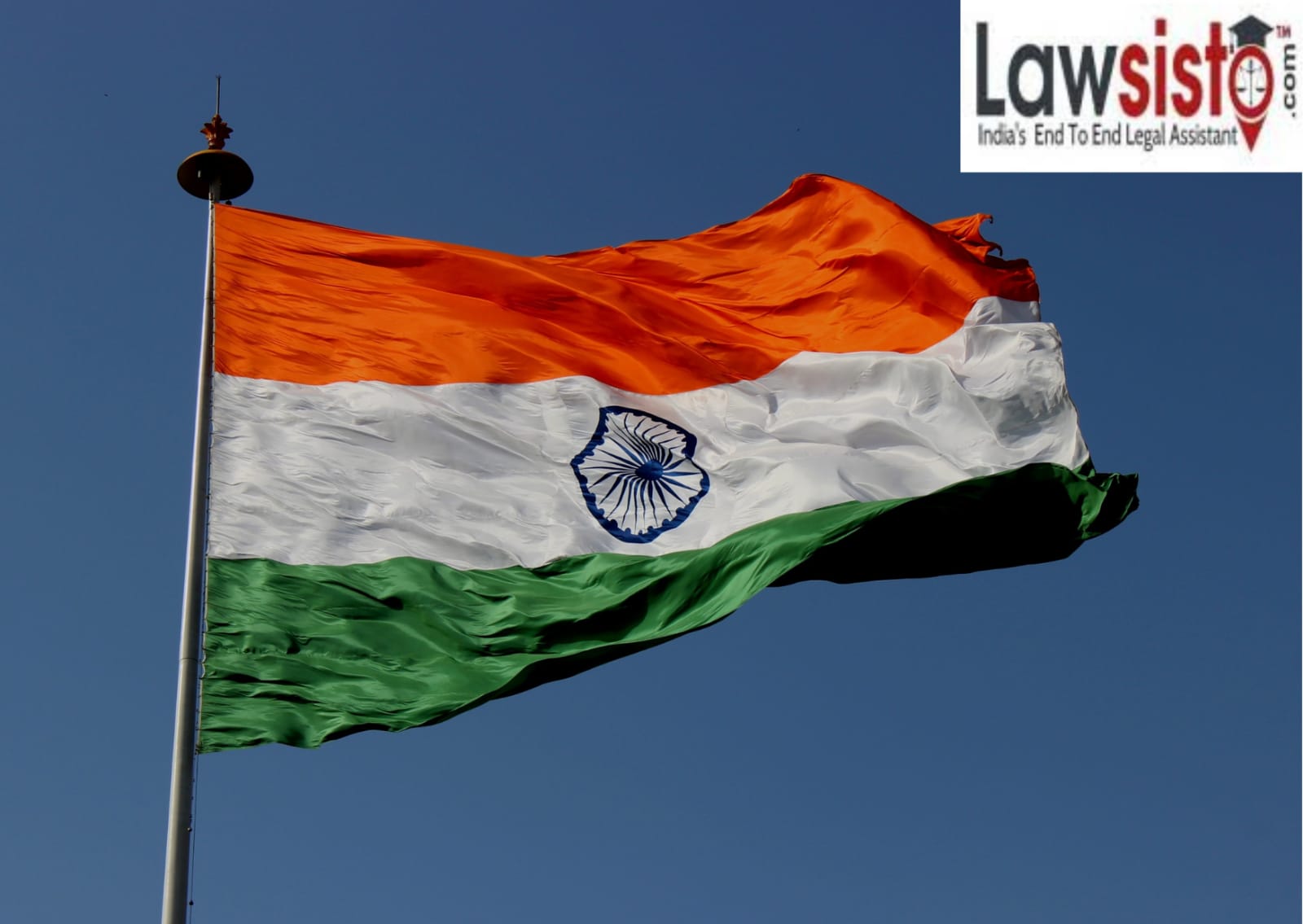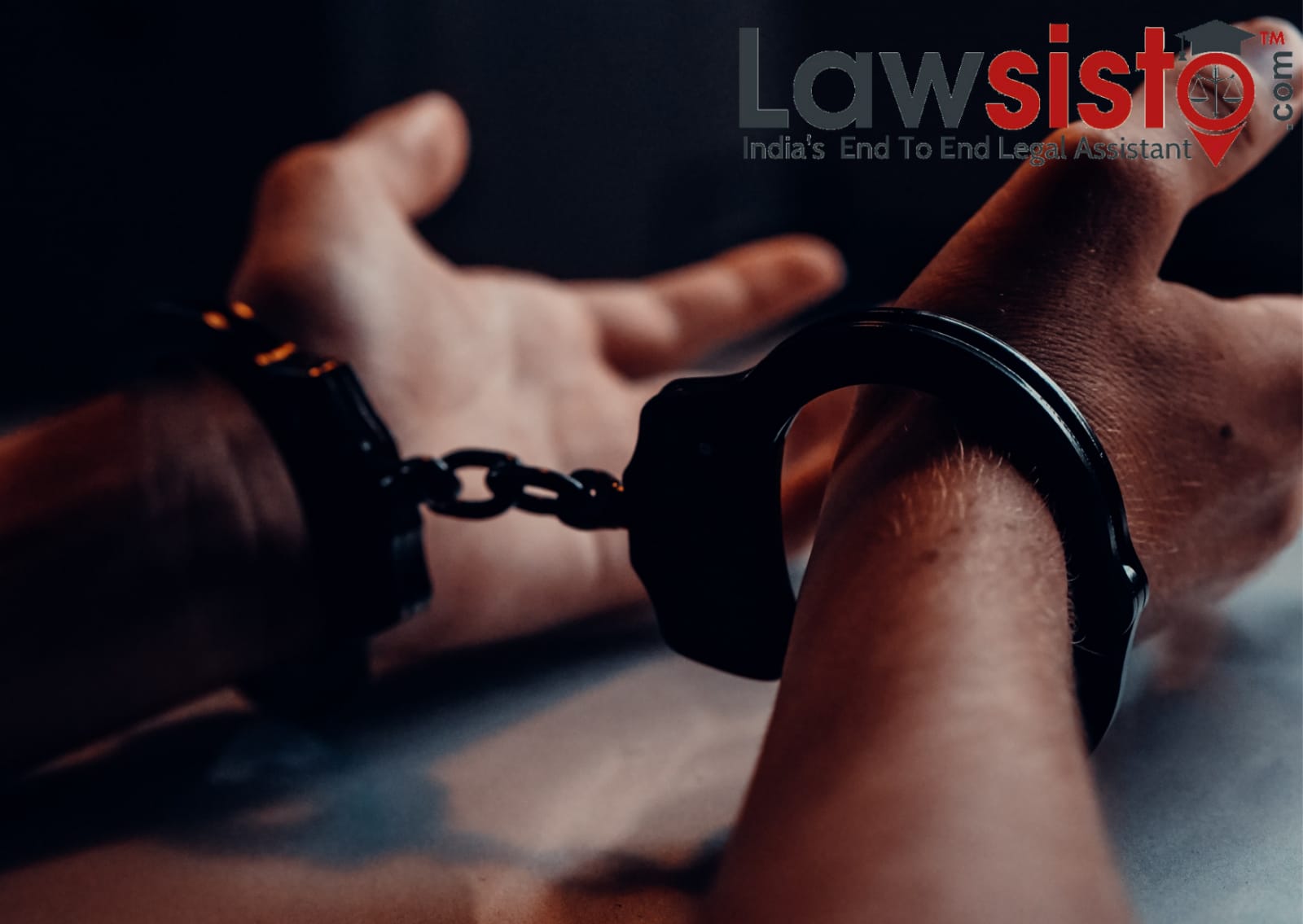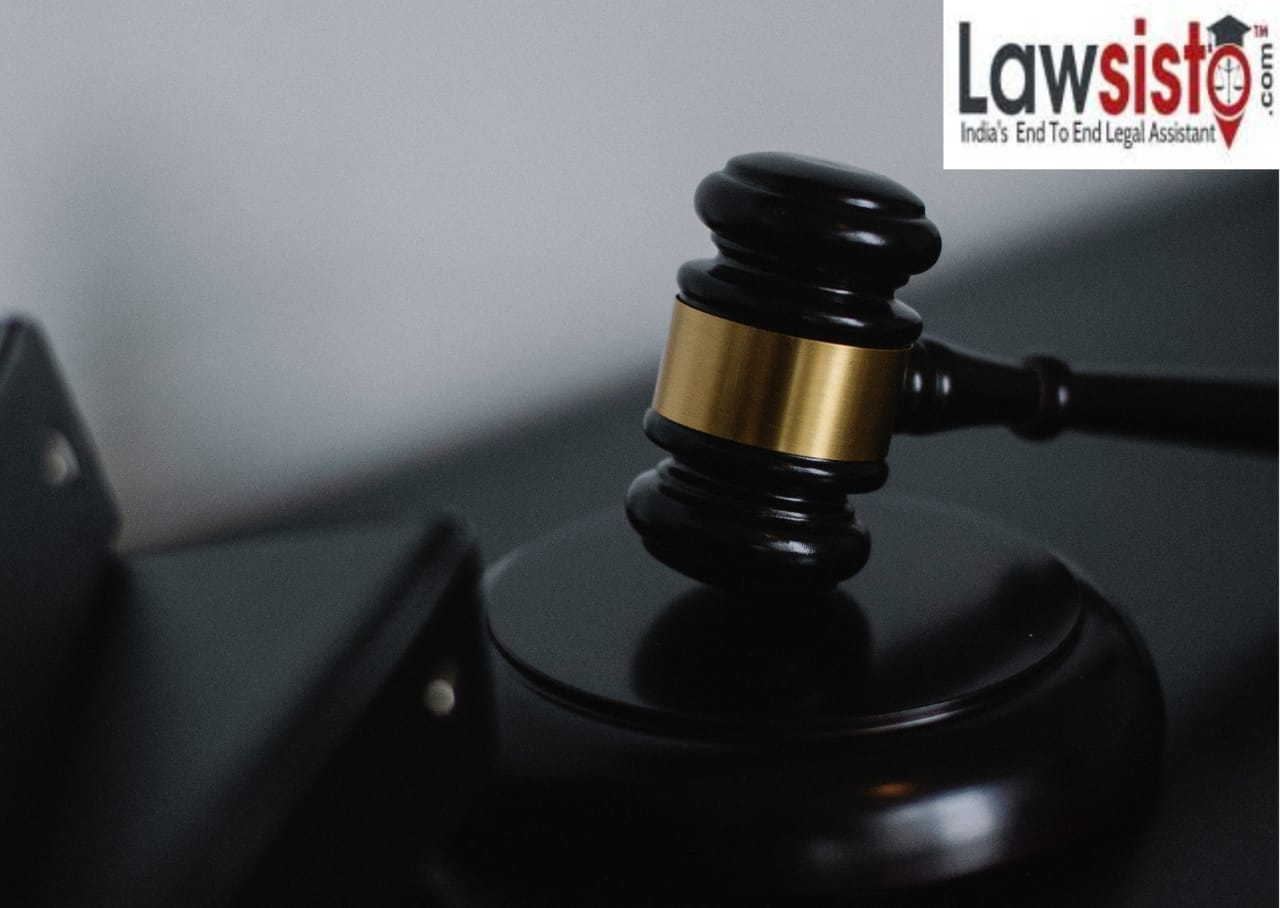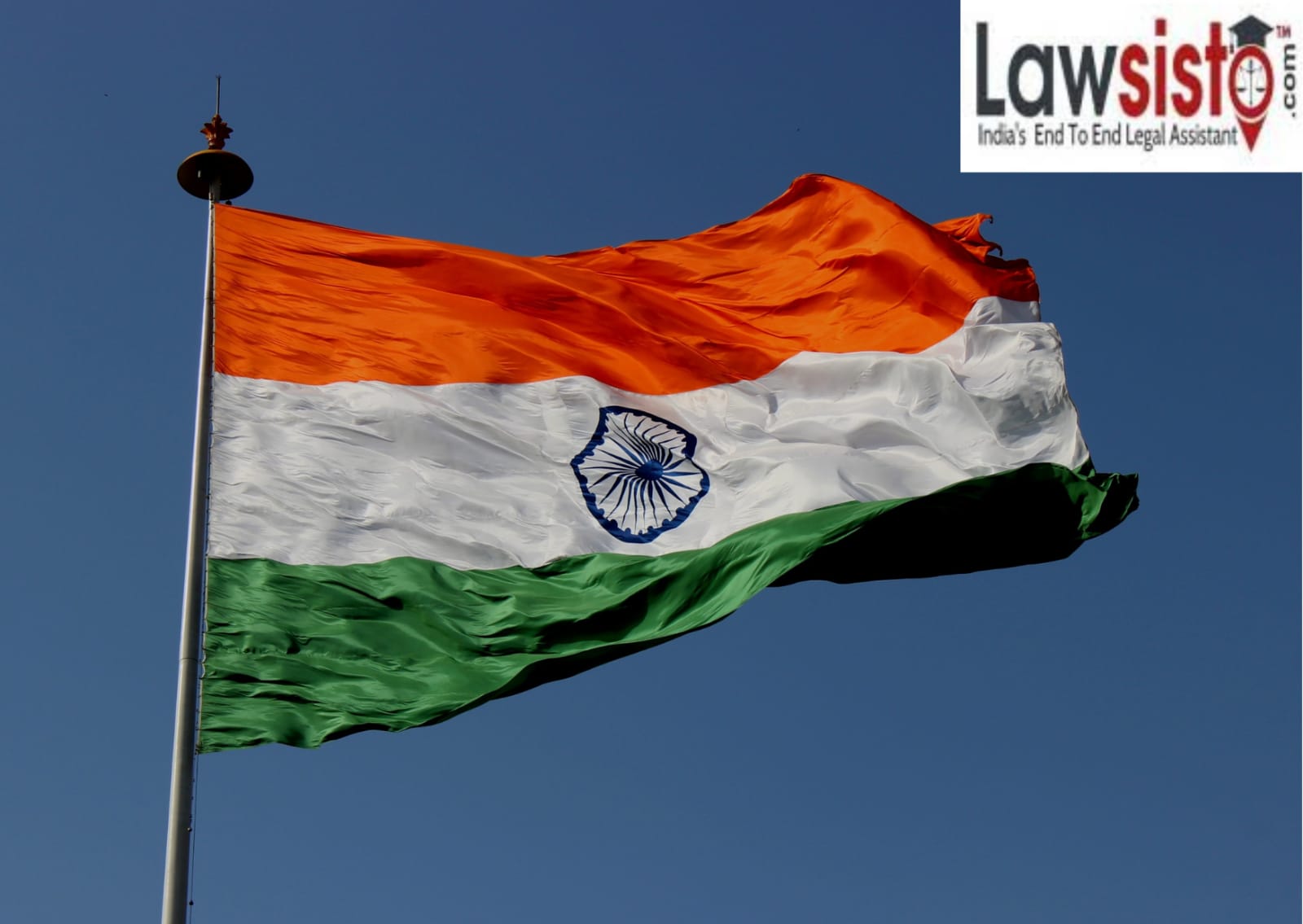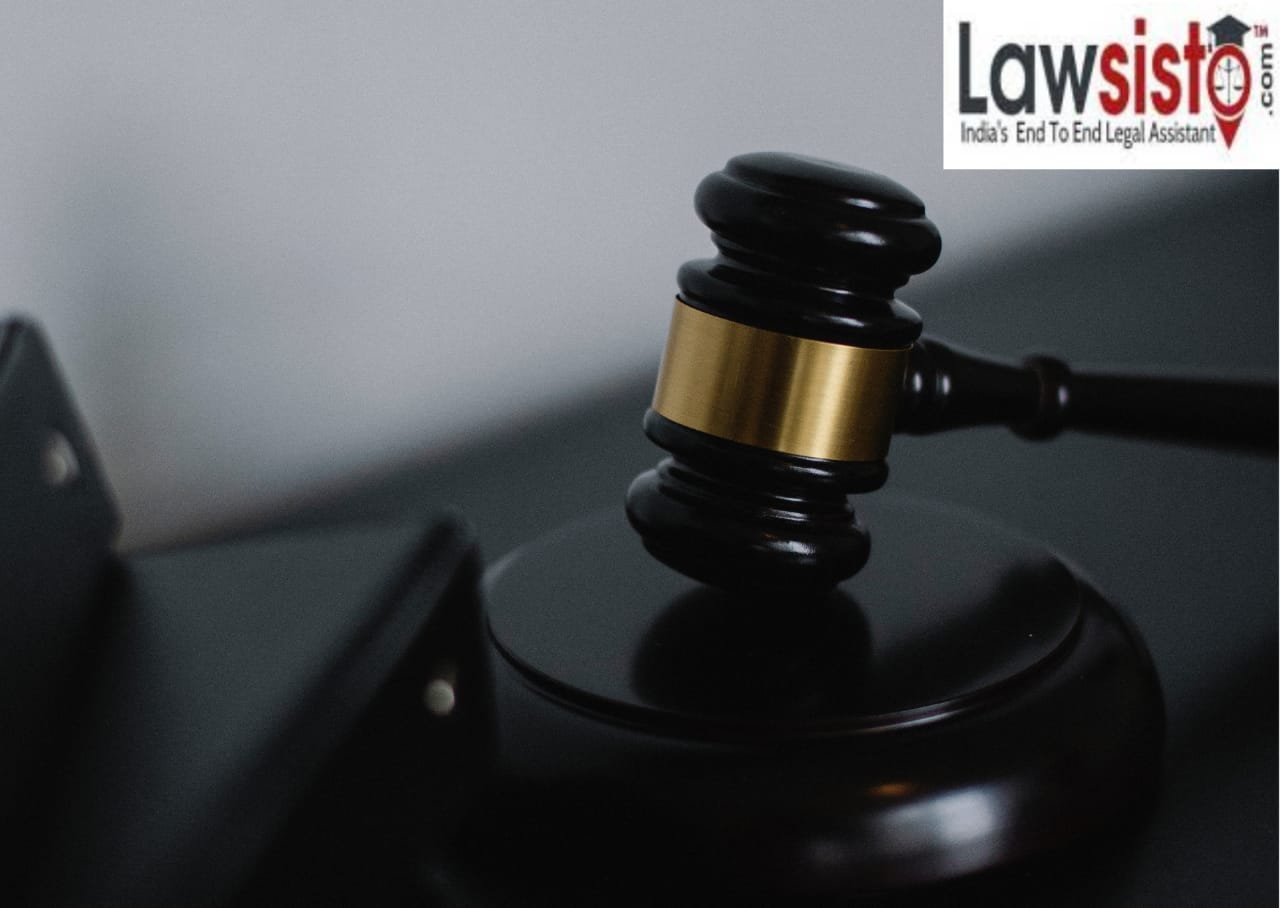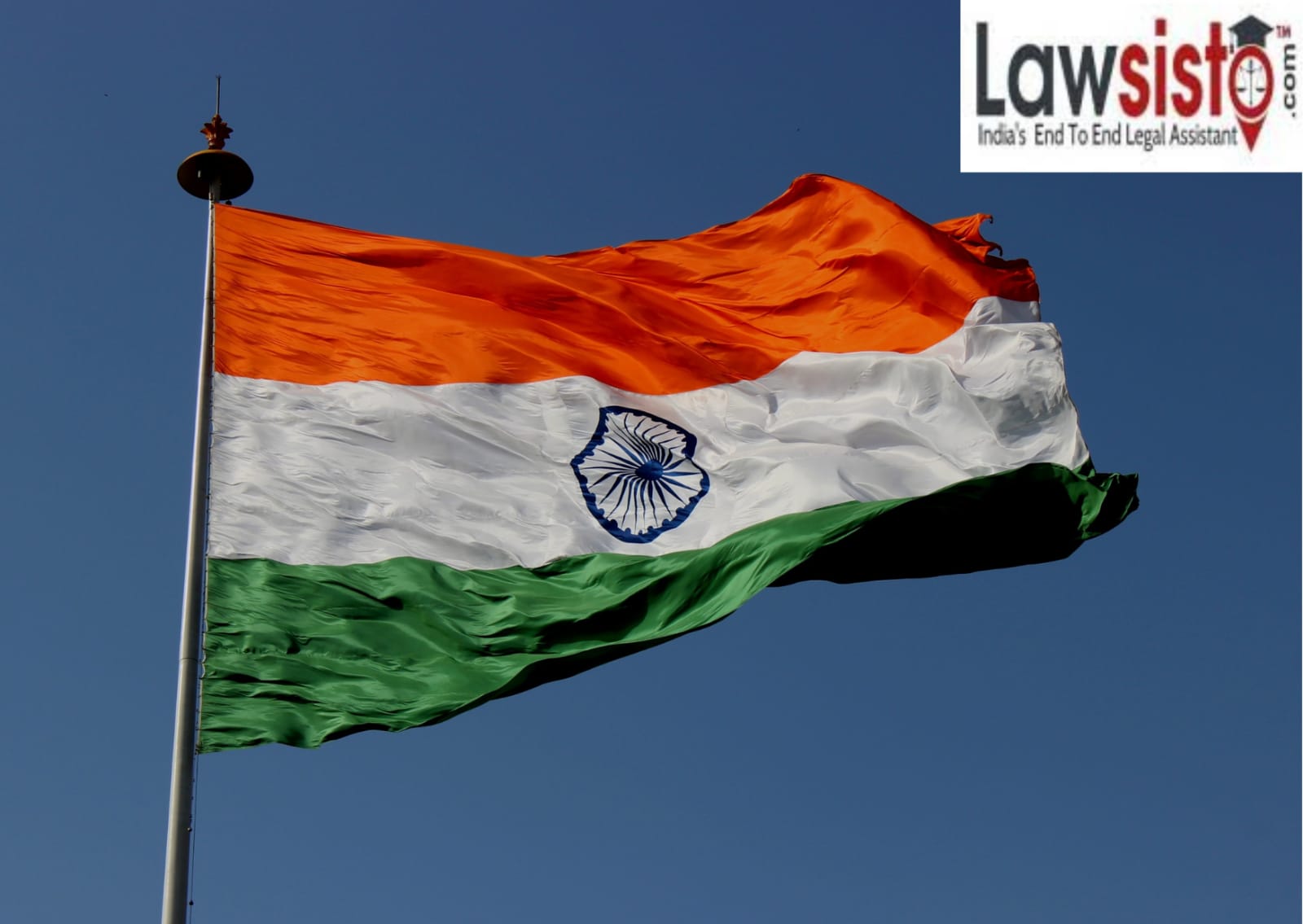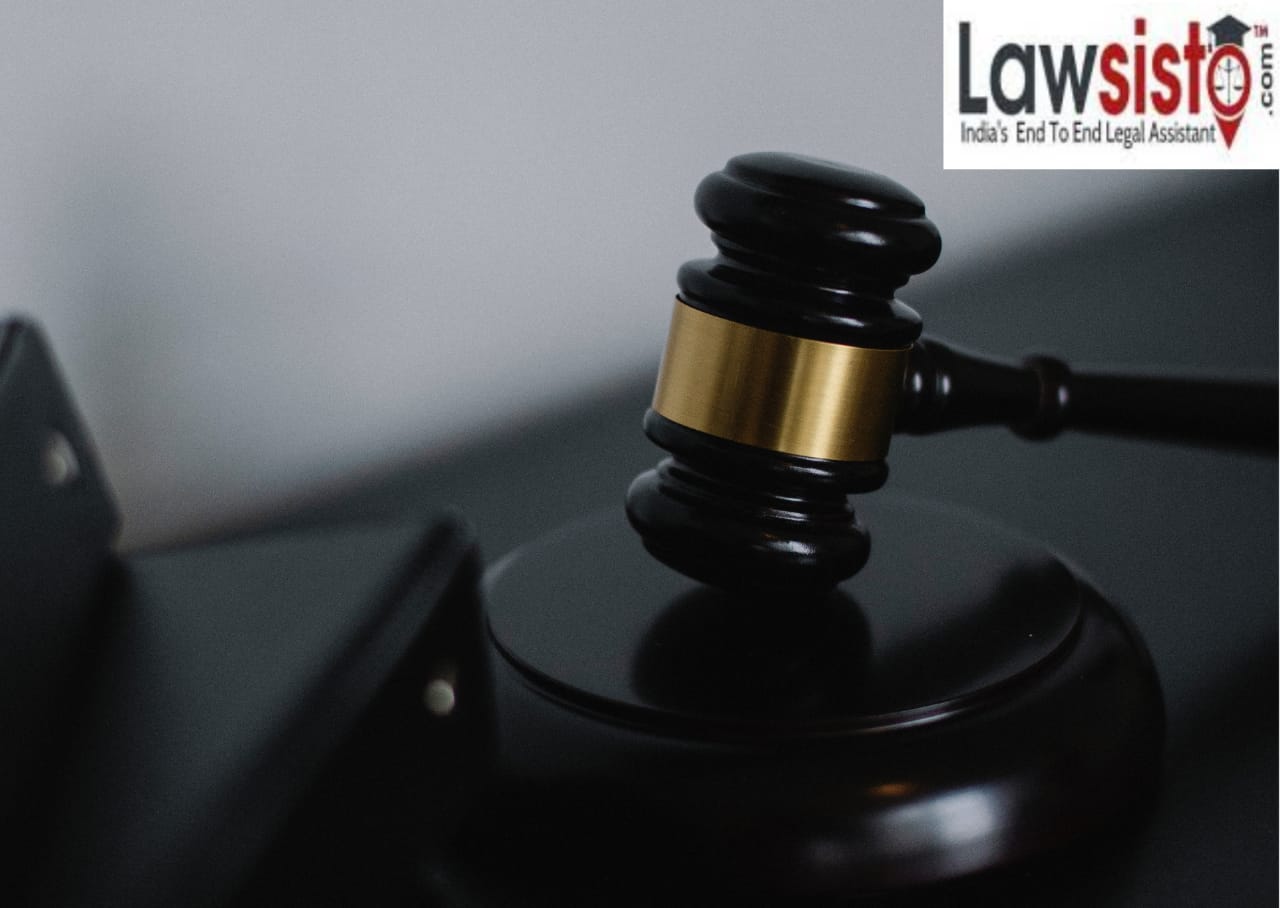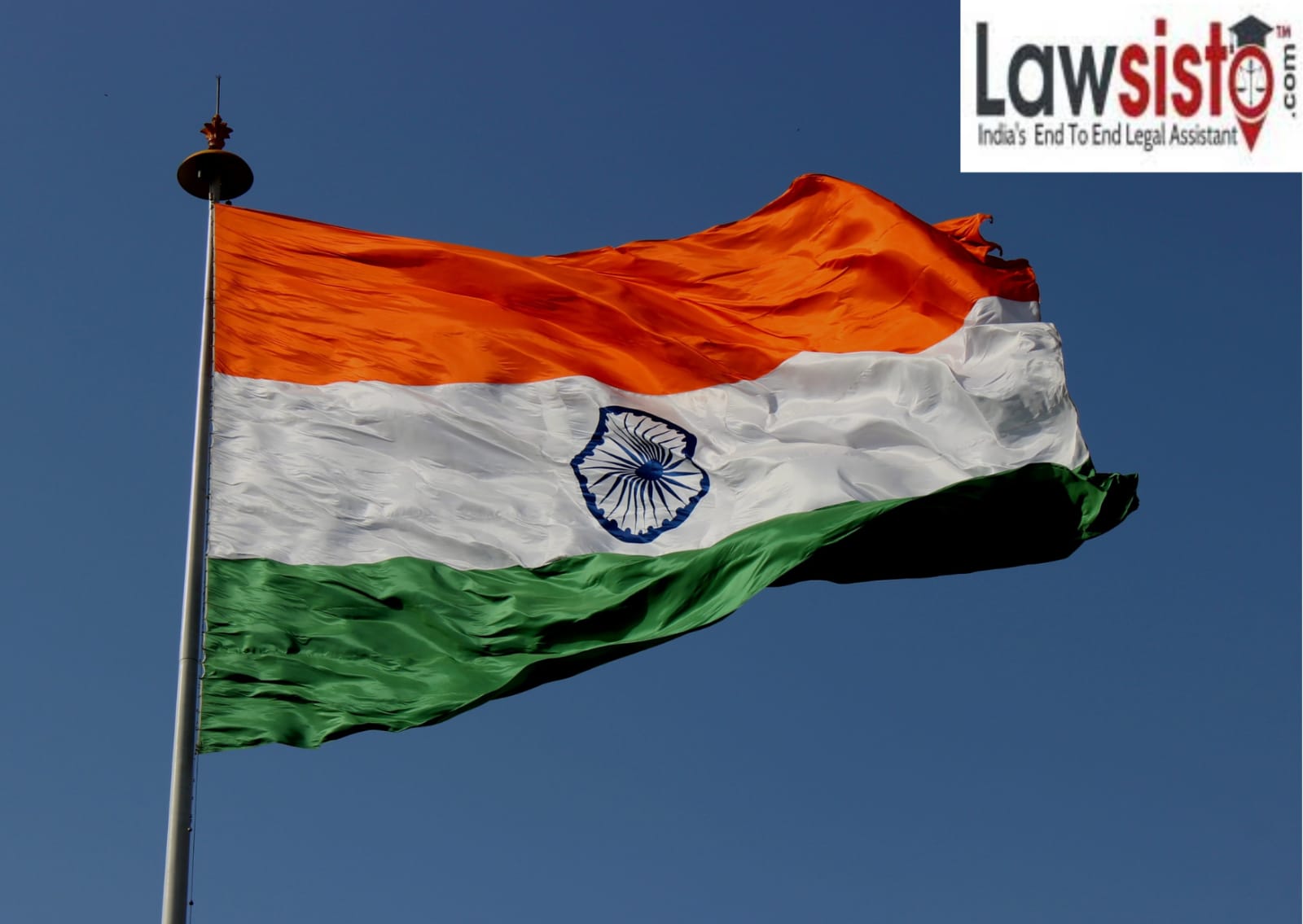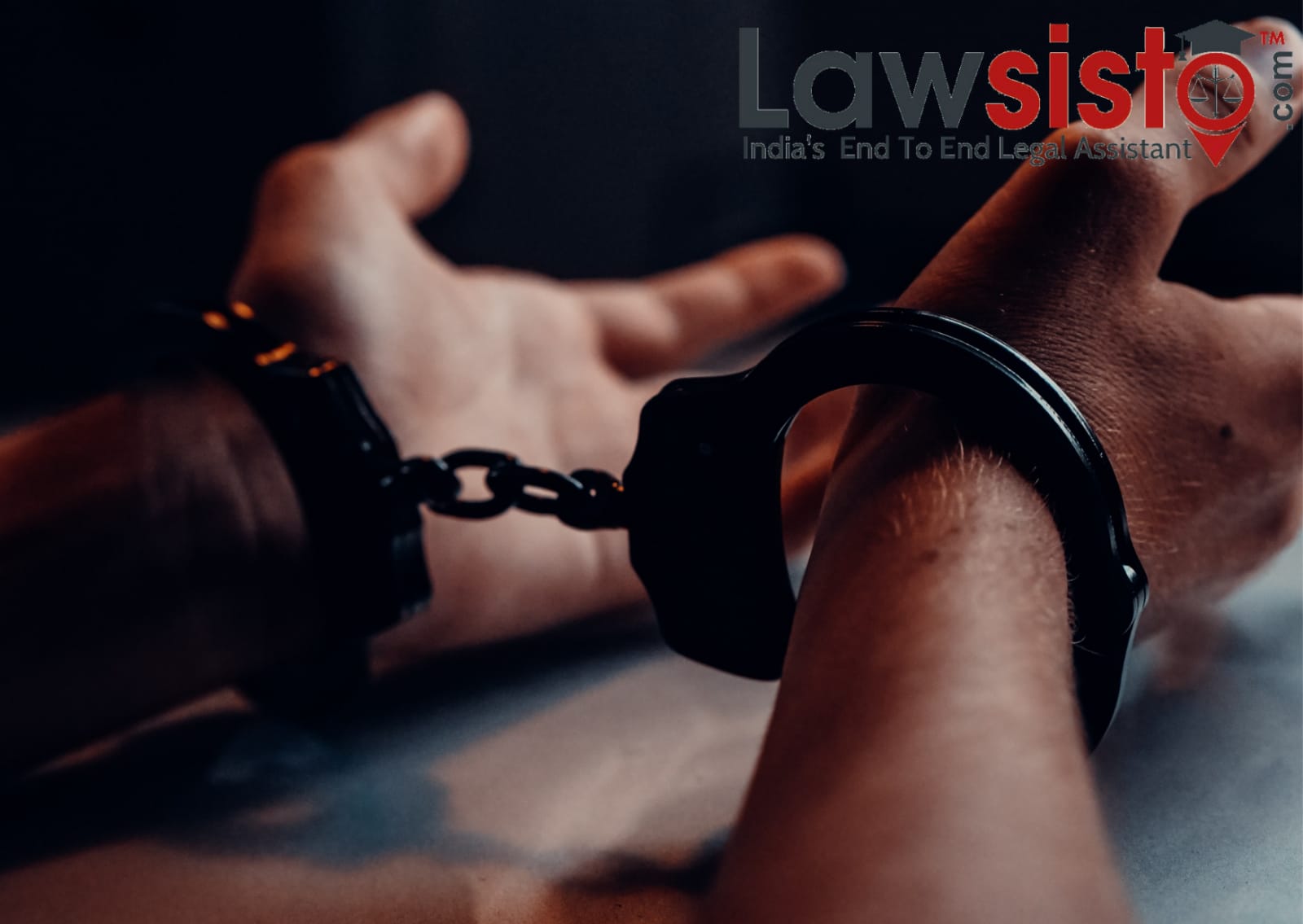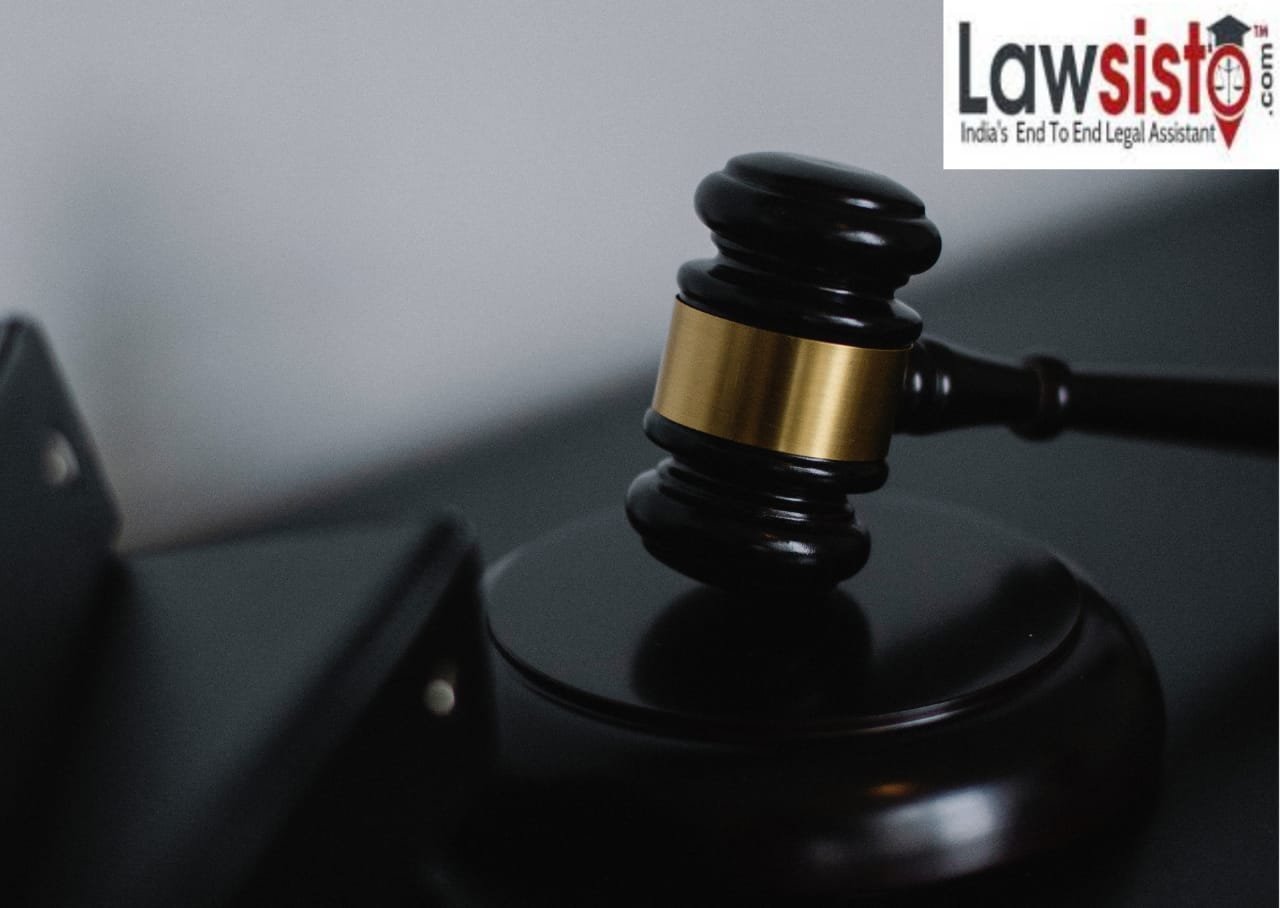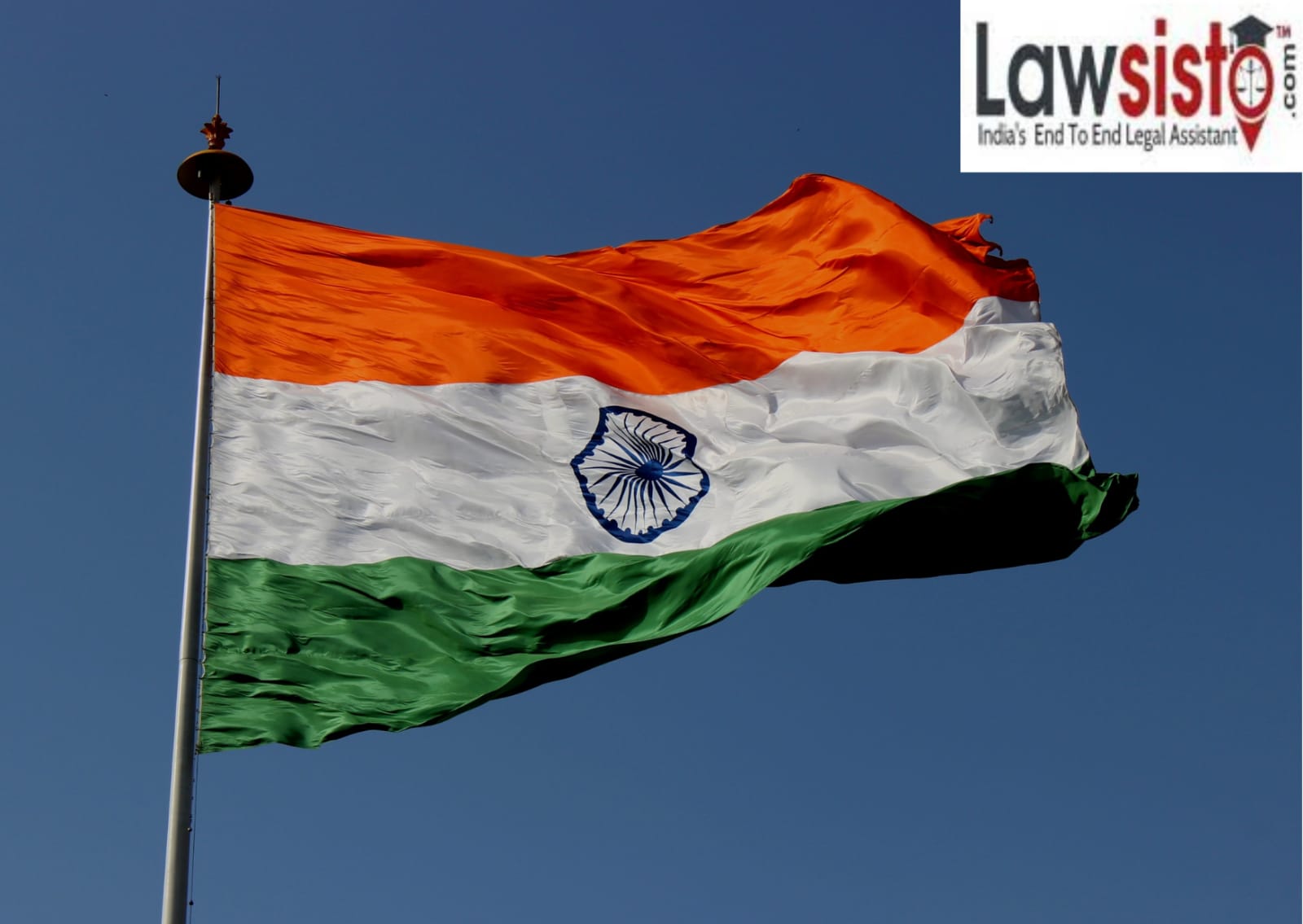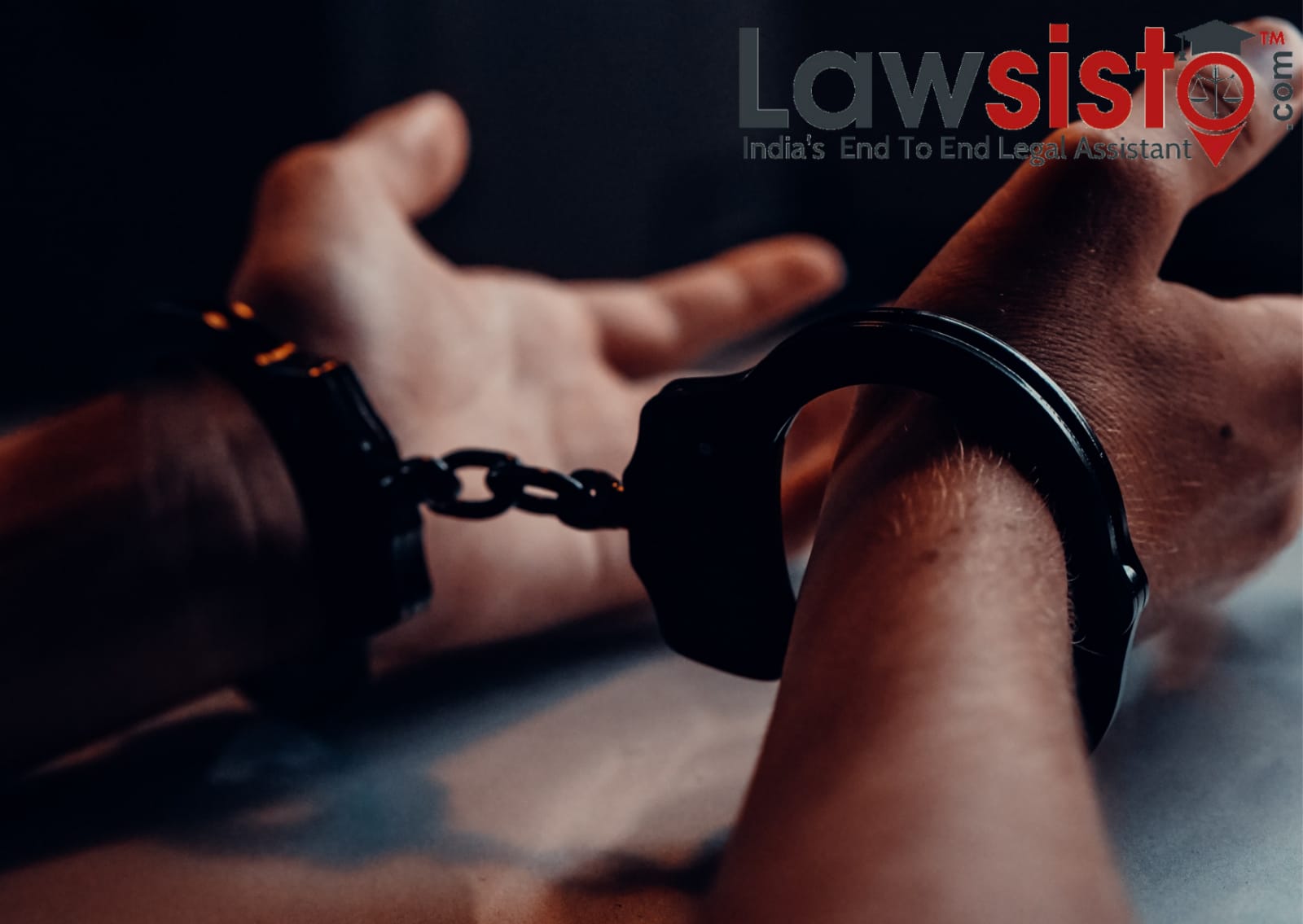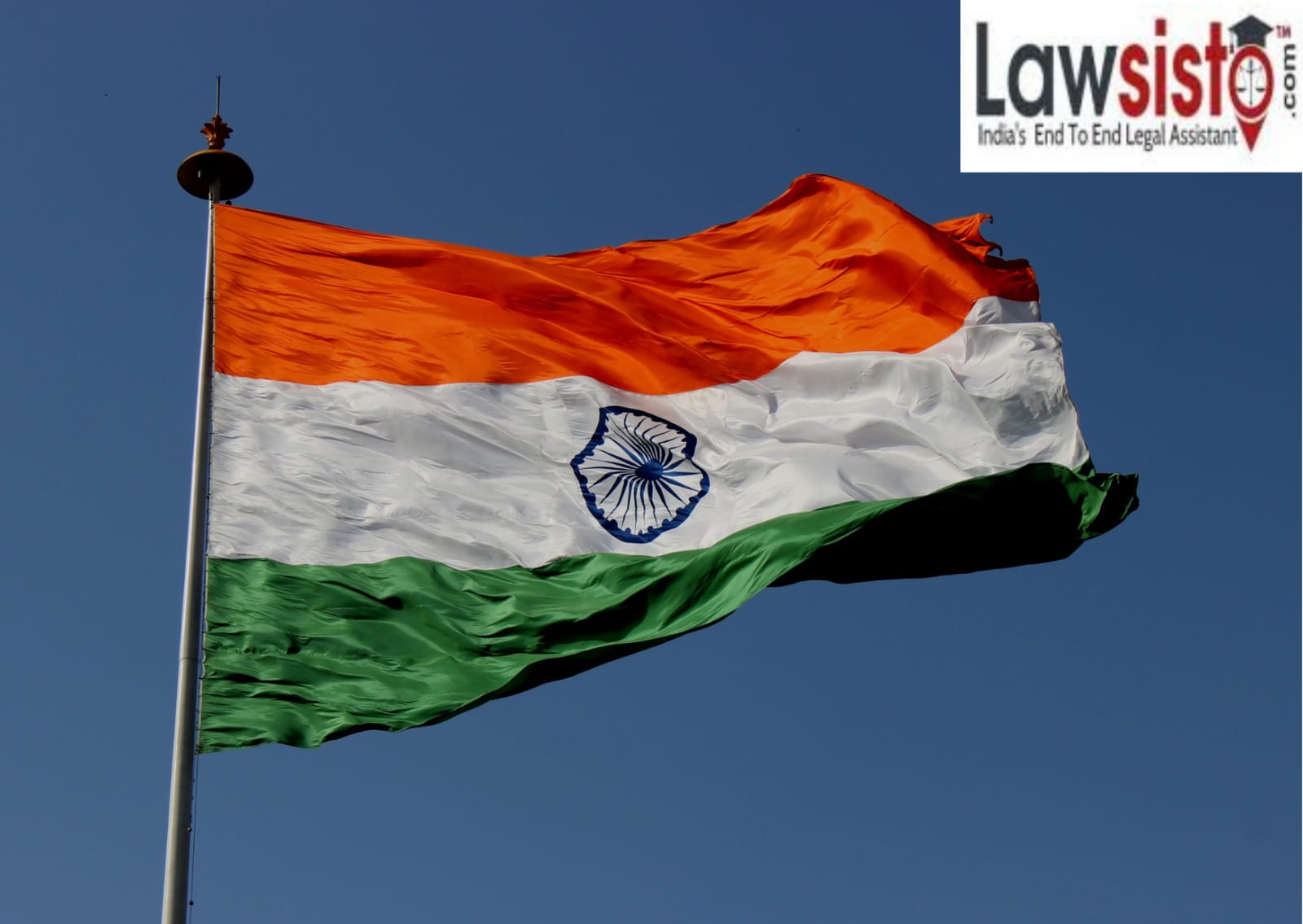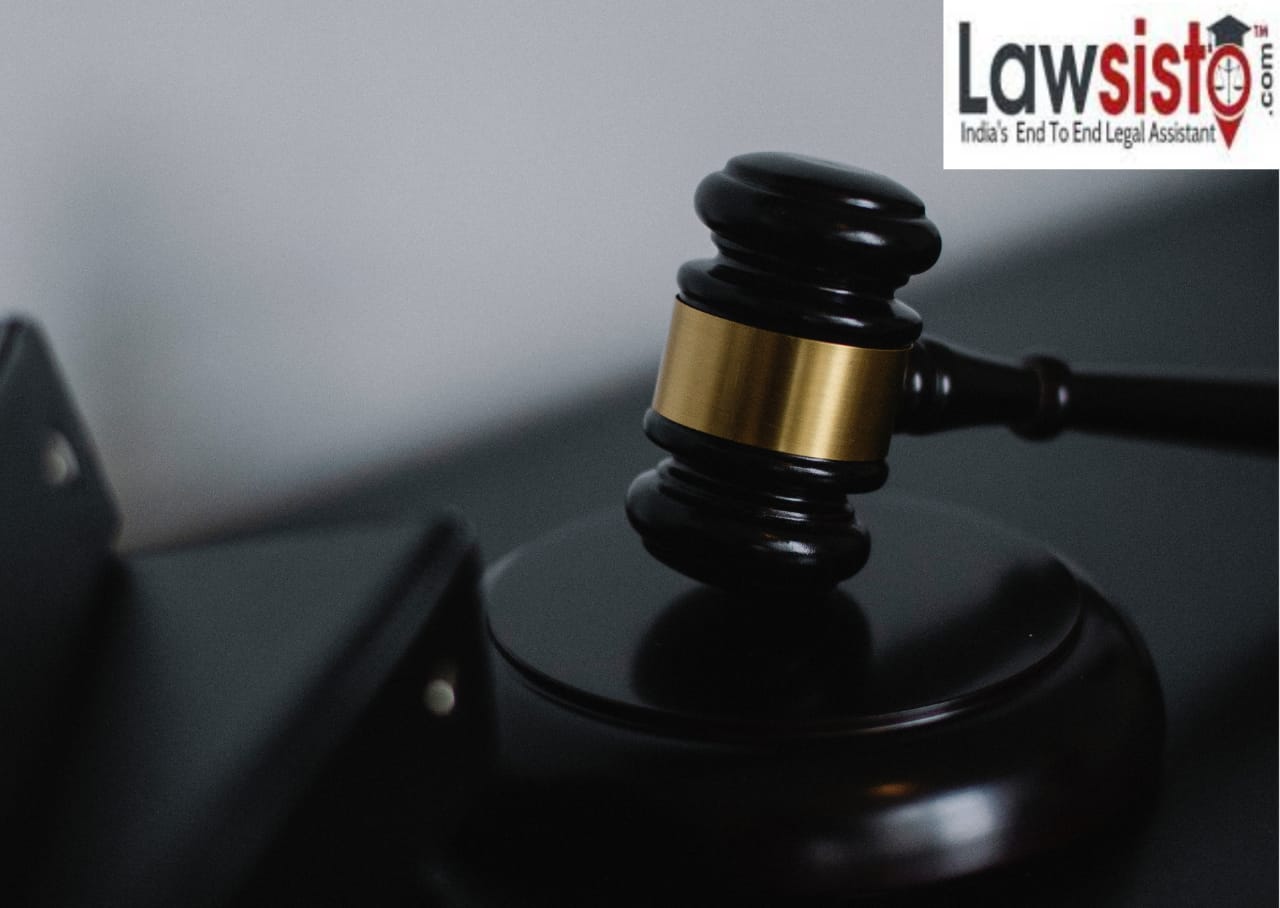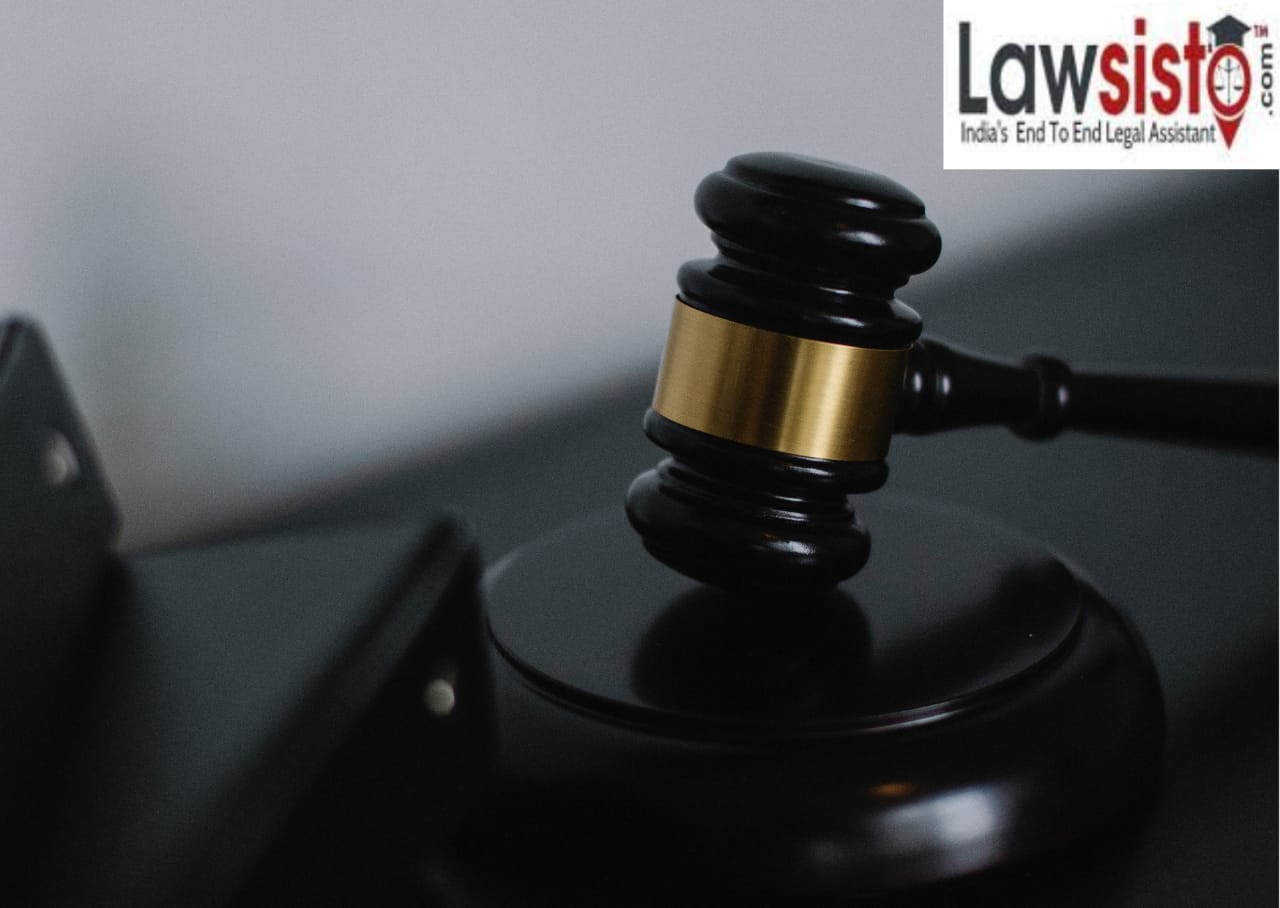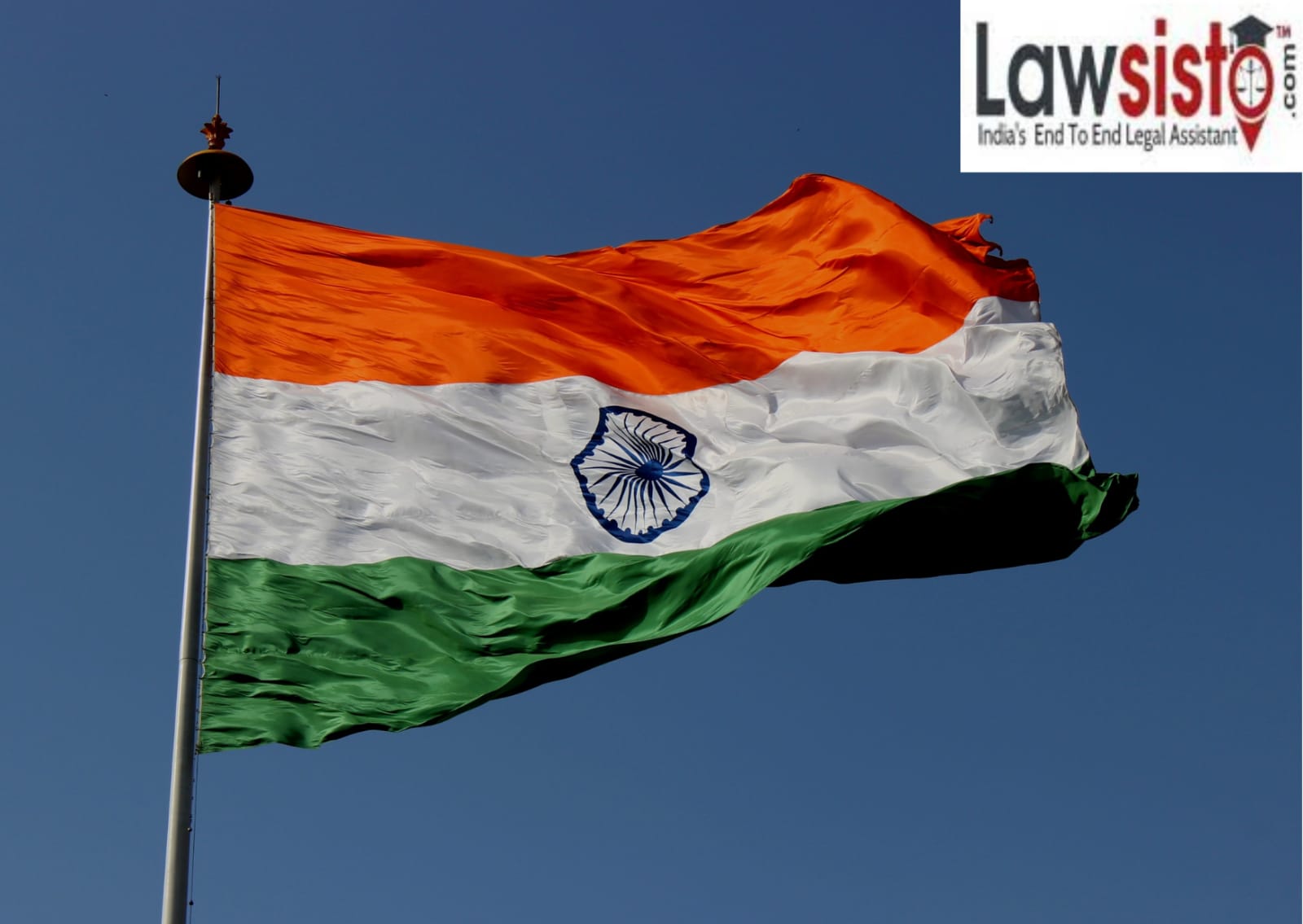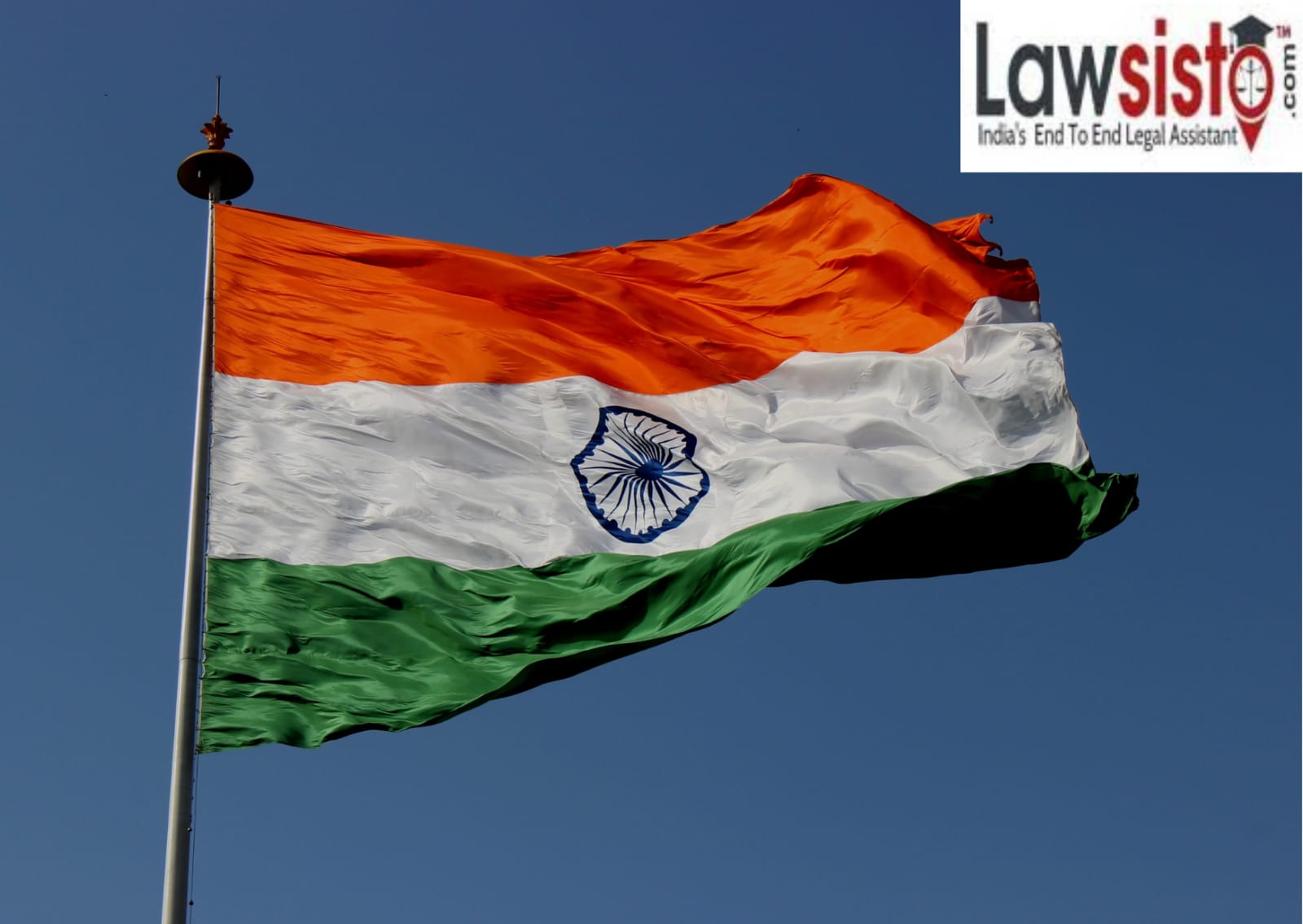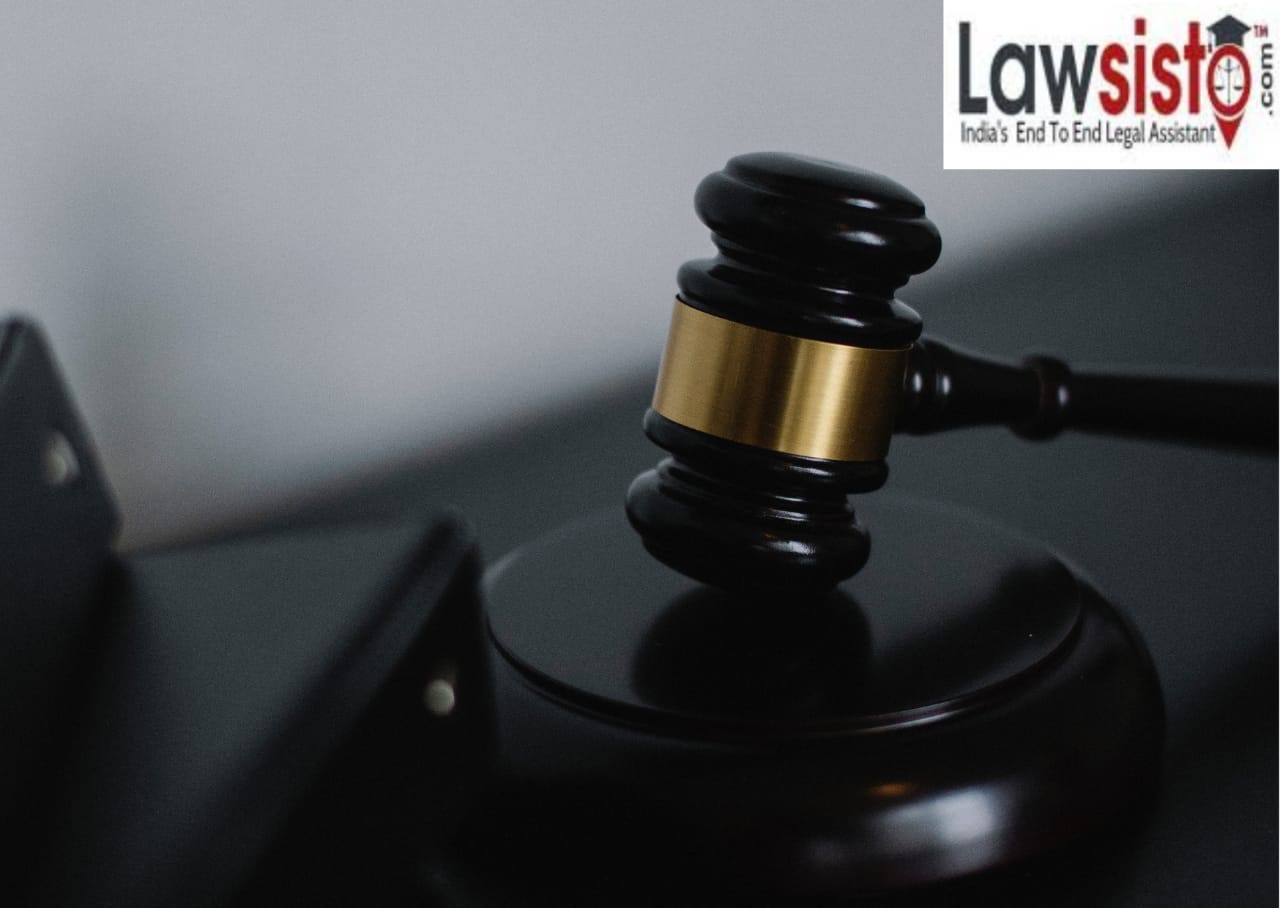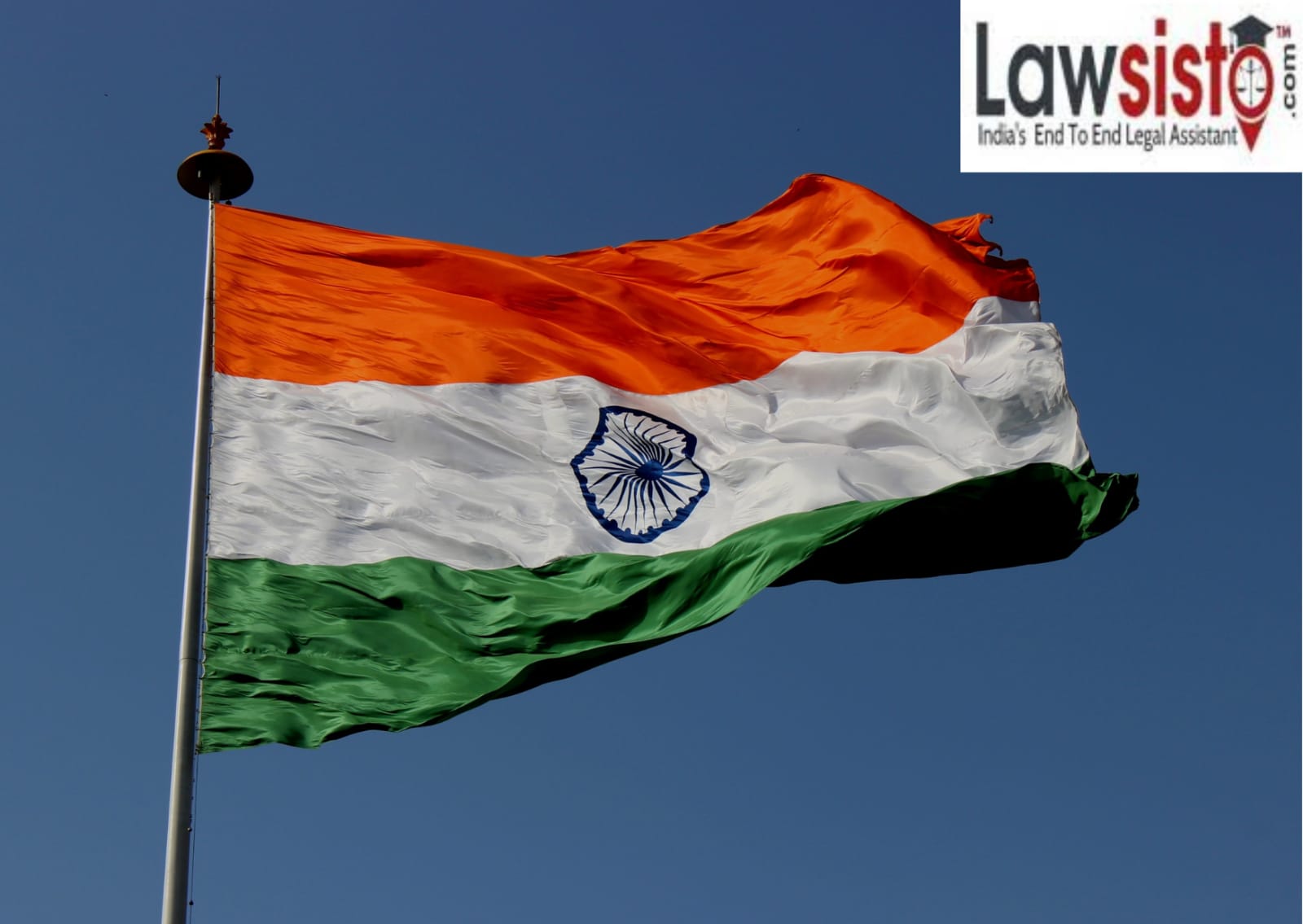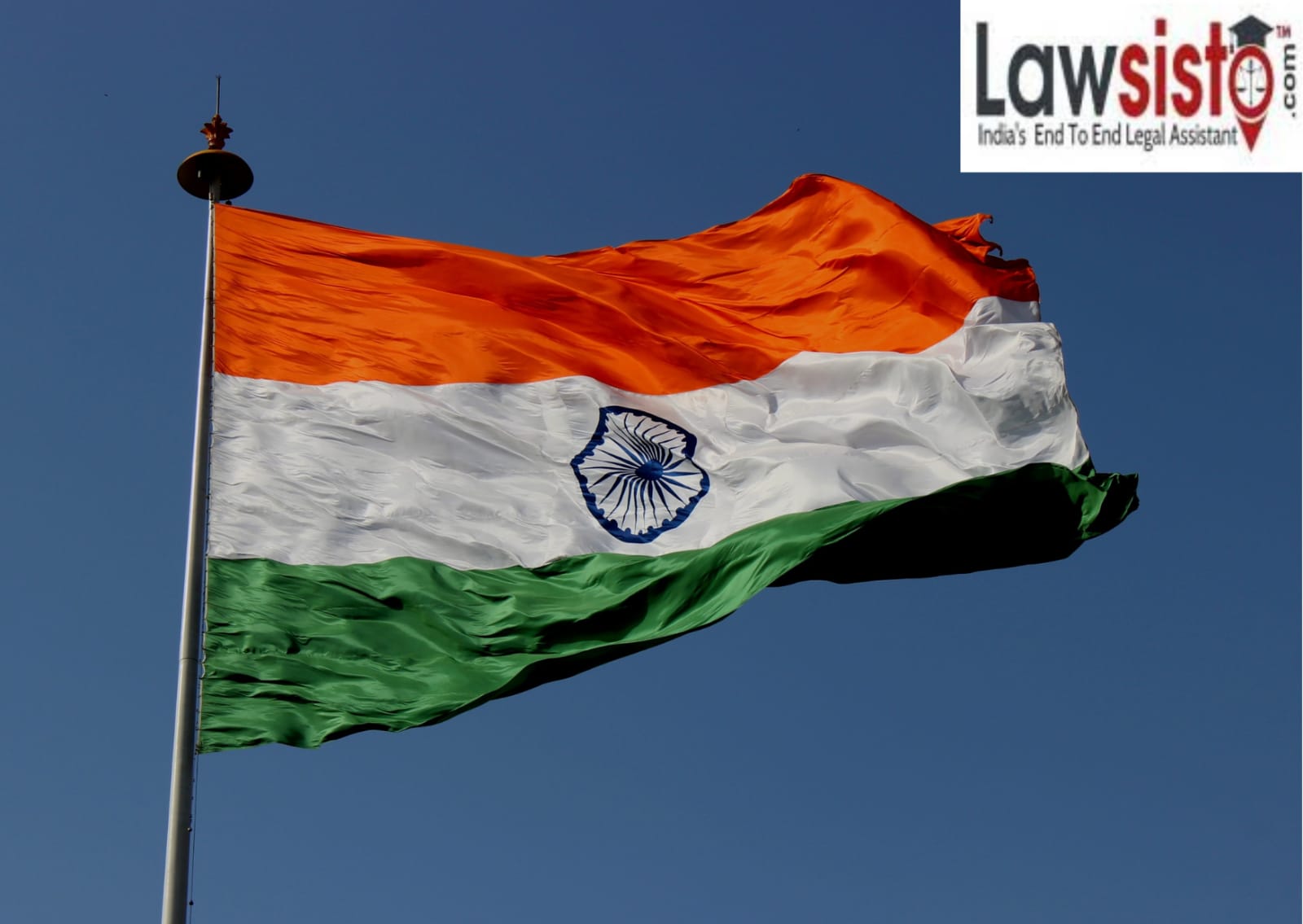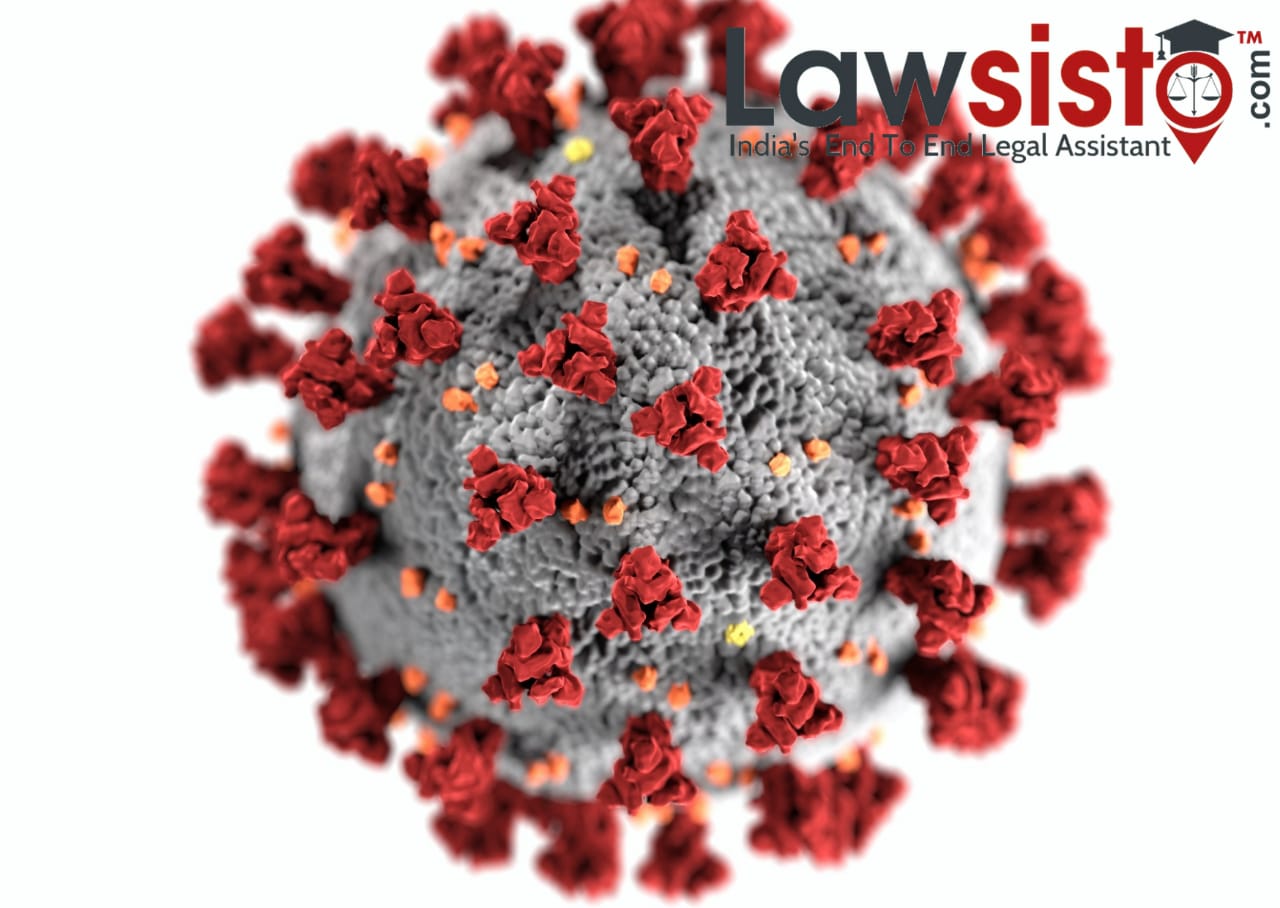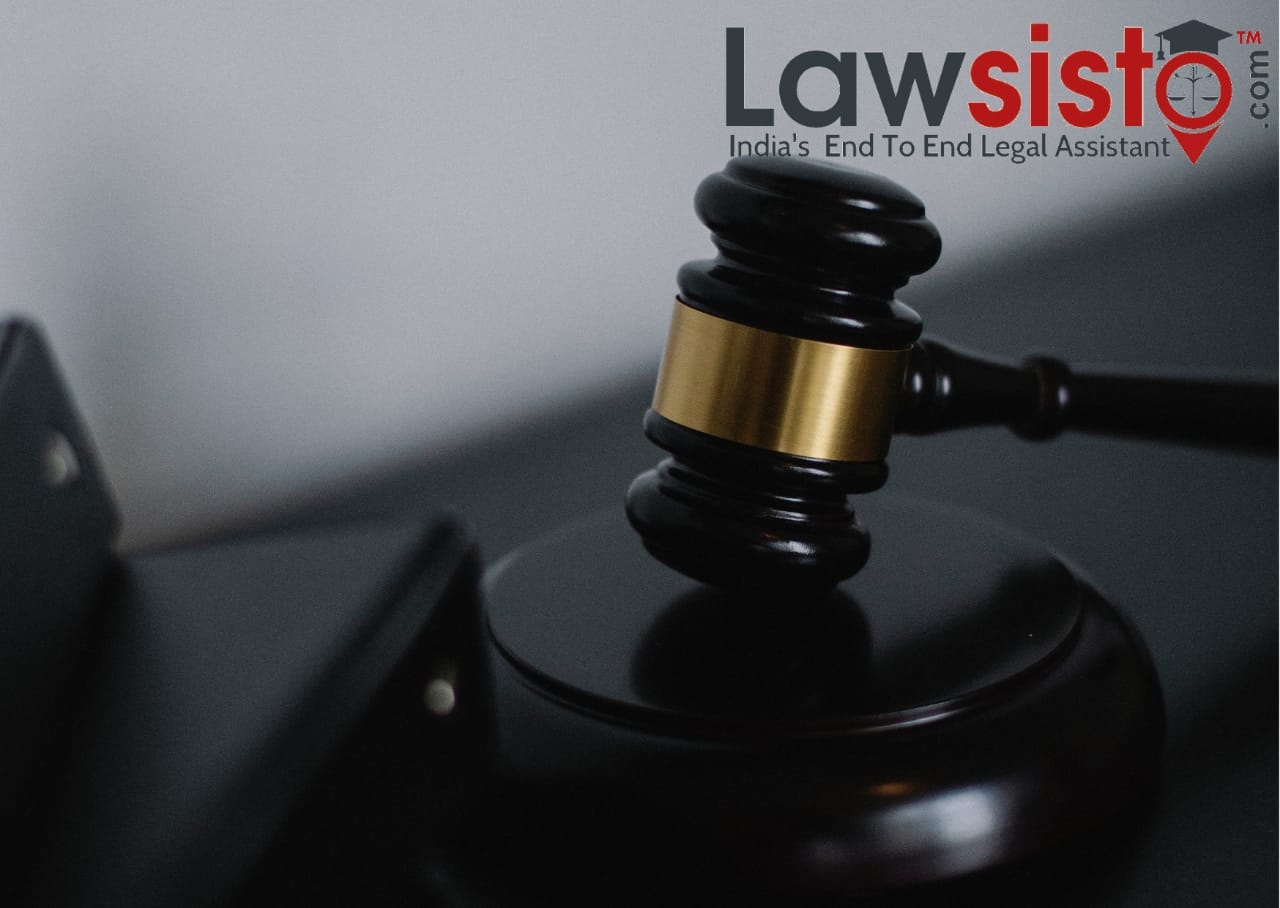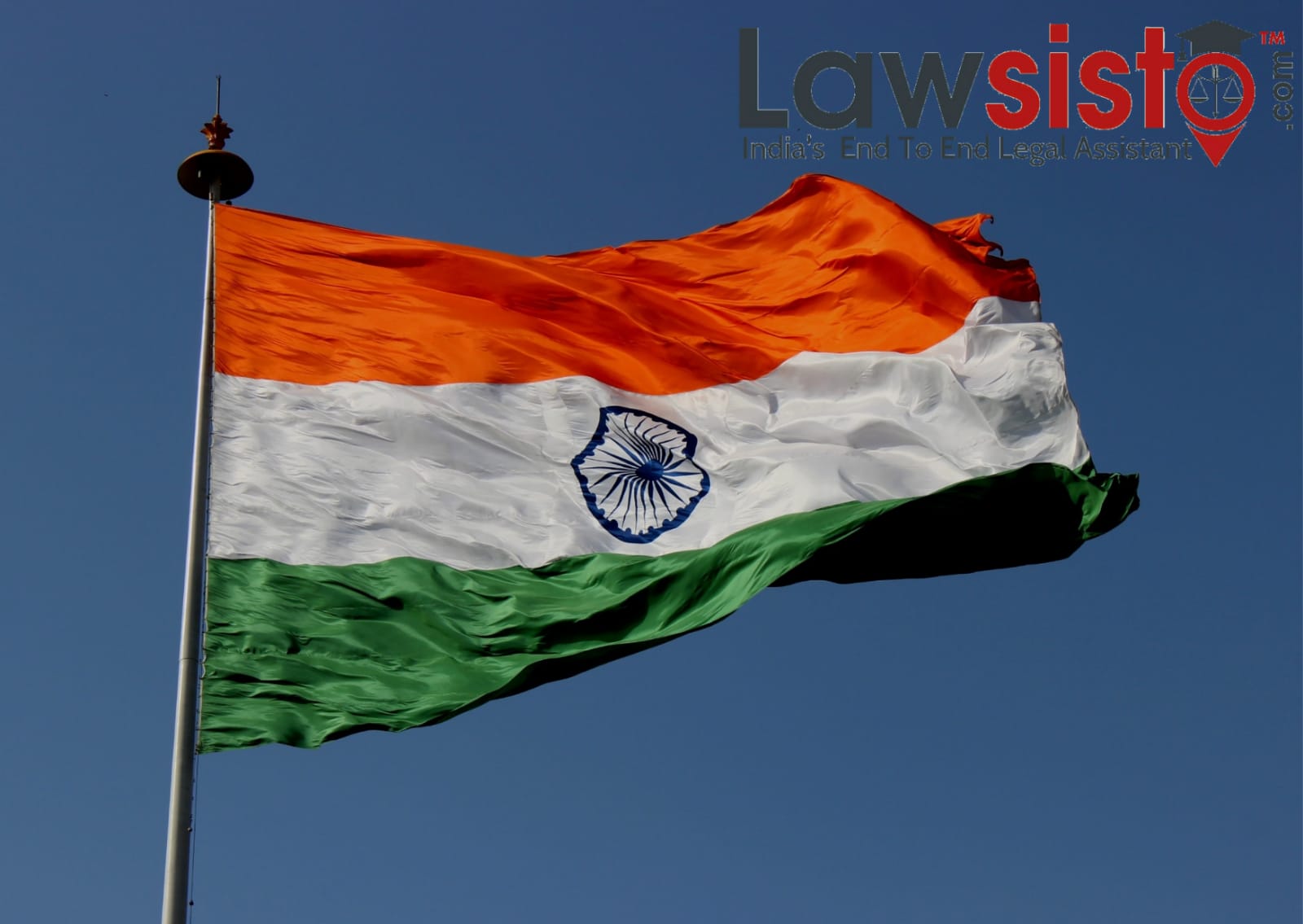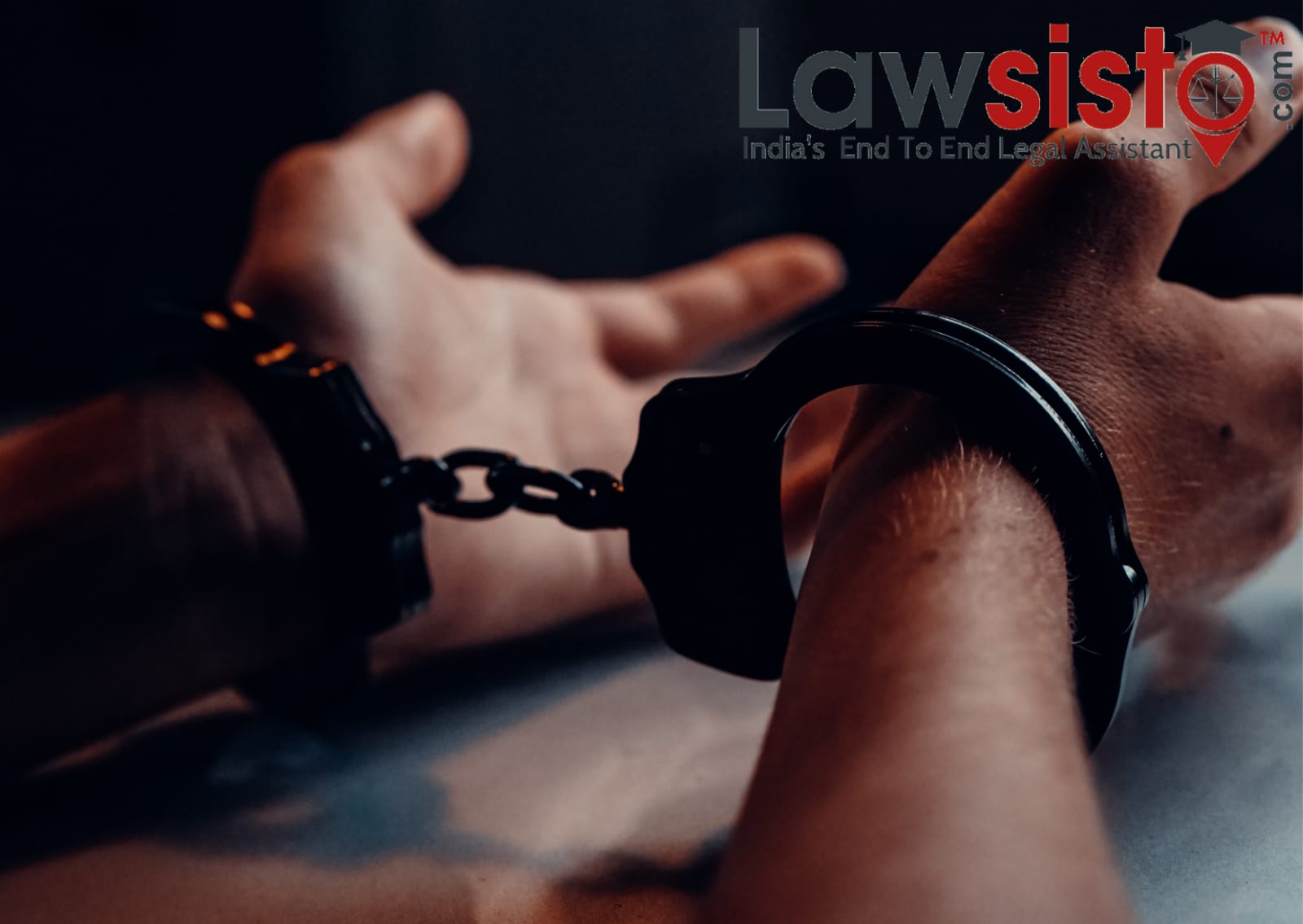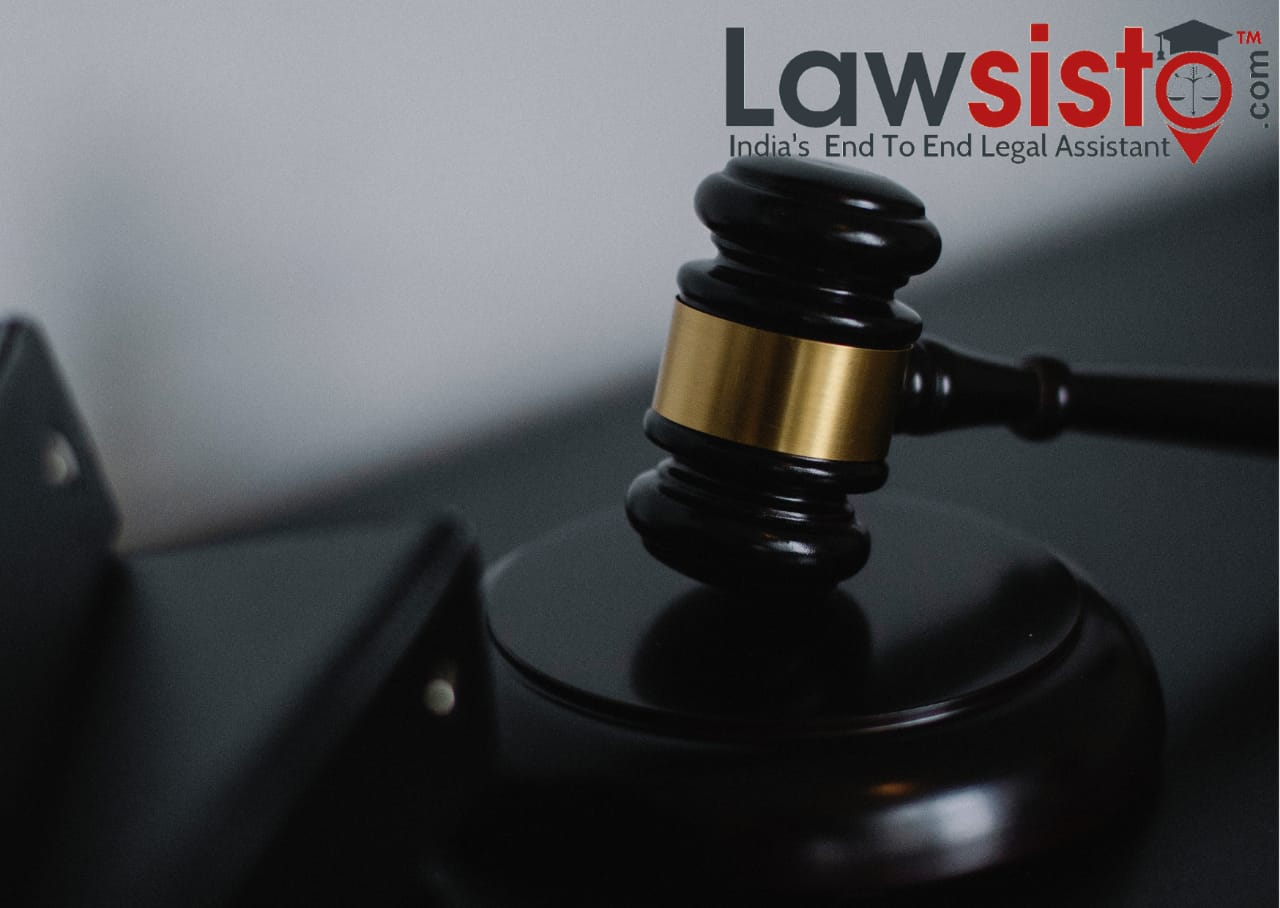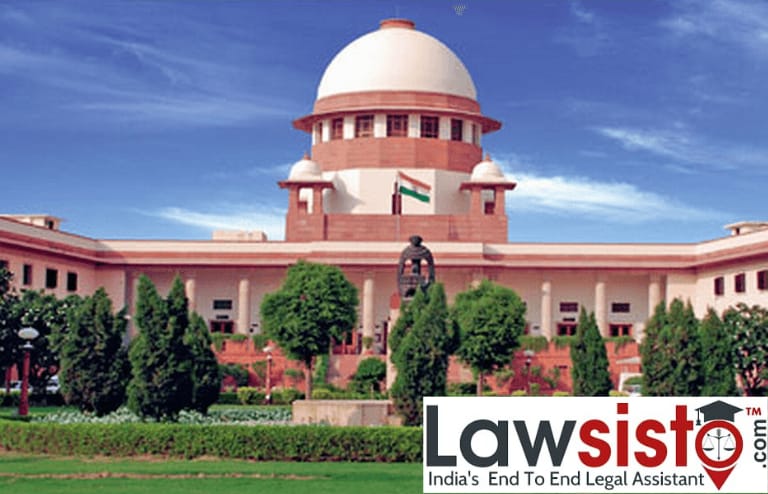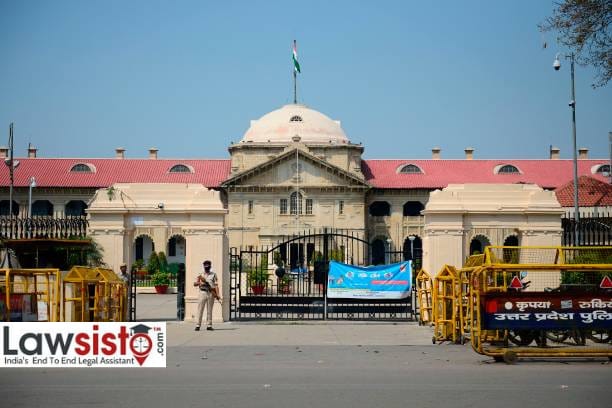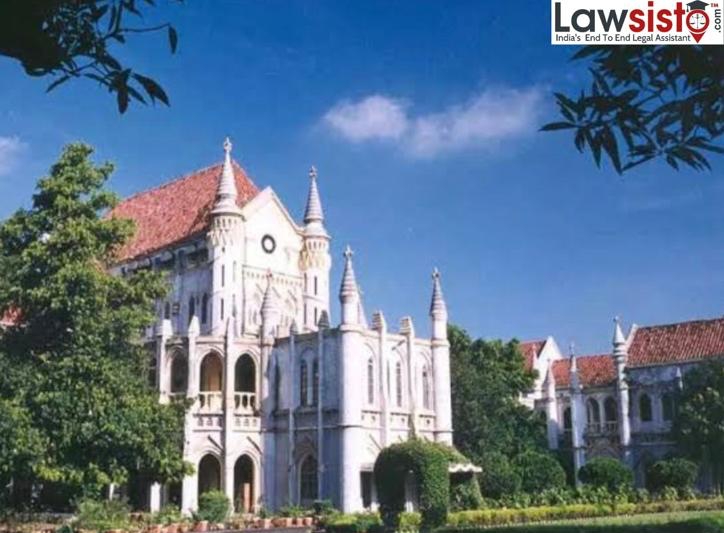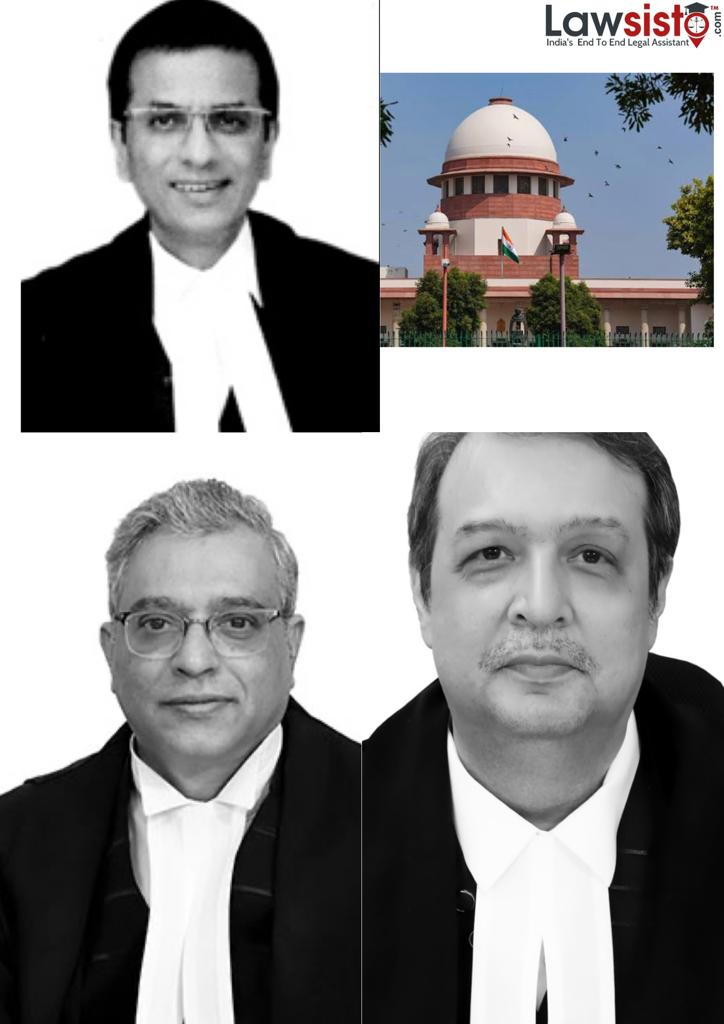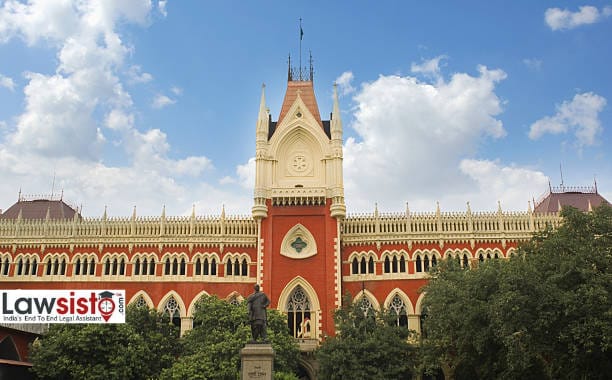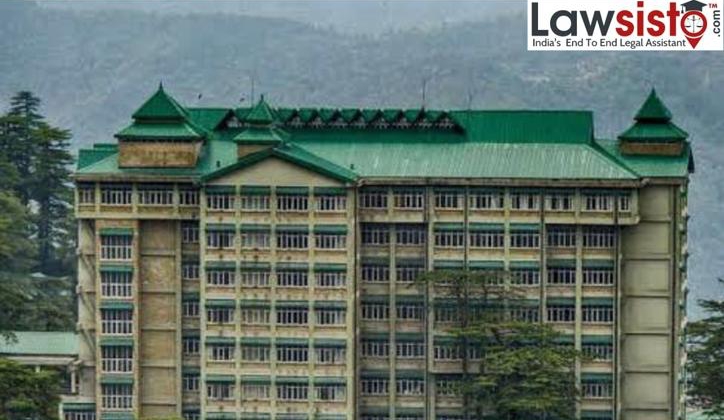Latest News
KM Nanavati vs. State of Maharashtra : Case Analysis
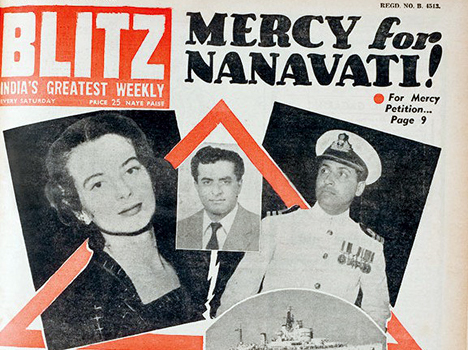
K.M. Nanavati vs. The State of Maharashtra[i] is one of the most famous cases in the Indian legal history. This case involves the murder by a Navy commander KM Nanavati, who murdered his wife’s paramour, Prem Ahuja, and was thus convicted under Section 302 of the Indian Penal Code.
The accused KM Nanavati was charged under Section 302 and S. 304 of the IPC and trail was held with the help of a special jury and trial was held by the Sessions Judge, Bombay. He was held not guilty under both the sections involved of the IPC. There was still a disagreement by the Sessions Judge with regard to the decision of the jury as there was no rational basis for the decision after taking into view the evidence of the case. Upon the dissatisfaction of the Sessions Court, he took the case to the High Court of Bombay under Section 307 of the Code of Criminal Procedure upon pointing out his views. At the Bombay High Court, this case was considered by Shelat and Naik, JJ. And they both showed approval to the opinion of the Sessions Judge that given the circumstances involving the case, the offense could not be reduced from murder to culpable homicide not amounting to murder. Thus, the High Court found KM Nanavati guilty of the offense of murder and this decision was challenged in the Supreme Court but in the meanwhile, the Governor of Bombay by the use of power given to him under Article 161 of the Indian Constitution ordered the suspension of KM Nanavati, this decision was questioned as to when the suspension was ordered the case was subjudice under the Supreme Court and the principle of harmonious construction was applied and the conflict which arose between the executive and judiciary was settled and it was held that Art. 161 didn’t provide with the suspension when a case was subjudice the Supreme Court.
The issue that was raised in the case was with regard to the power of the HC to take up the case which was referred by the Sessions Judge and this power was challenged but the reference of the Sessions Court could only be made if there is a difference of opinion between the Sessions Judge and the jury’s verdict and/or when there is lack of rational basis for the fact that after undergoing the evidence. This contention was dealt with by the Supreme Court and according to the Supreme Court the power of the HC was wider and contention raised to the power was rejected.
There were certain misdirections as well in this case according to the High Court by the Sessions Judge while in charge of the jury. Misdirections are something that is told or directed by the judge to lead a case in a direction that may then lead the case in the wrong direction.
The case was discussed widely upon the point of evidence involving the case and then the Supreme Court gave the decision and it was held by the Court that the provocation by the deceased would not be covered under the sudden and grave provocation which is an exception under Section 300 of IPC. The Supreme Court gave the decision that the High Court was correct in convicting the accused Nanavati for the murder of Prem Ahuja under Section 302 IPC and thus the decision for lifetime imprisonment was also held to be correct and therefore the Apex Court said that there was no point in interfering with the High Court’s decision.
Nanavati was pardoned after three years of imprisonment by the Governor Maharashtra, Vijaylakshmi Pandit. This case grew in popularity due to many reasons and was a very controversial one given the murder which was done by a Navy commander and this case was blown out of proportion by the paparazzi and Nanavati was shown as a righteous man fighting the paramour of his wife who was rich and powerful. Famous jurist Ram Jethmalani led the prosecution in this case while Nanavati was represented by Karl Khandalavala. The jury trials in India were abolished after this case.
[i] 1962 AIR, 605, 1962 SCR Supl. (1) 567

